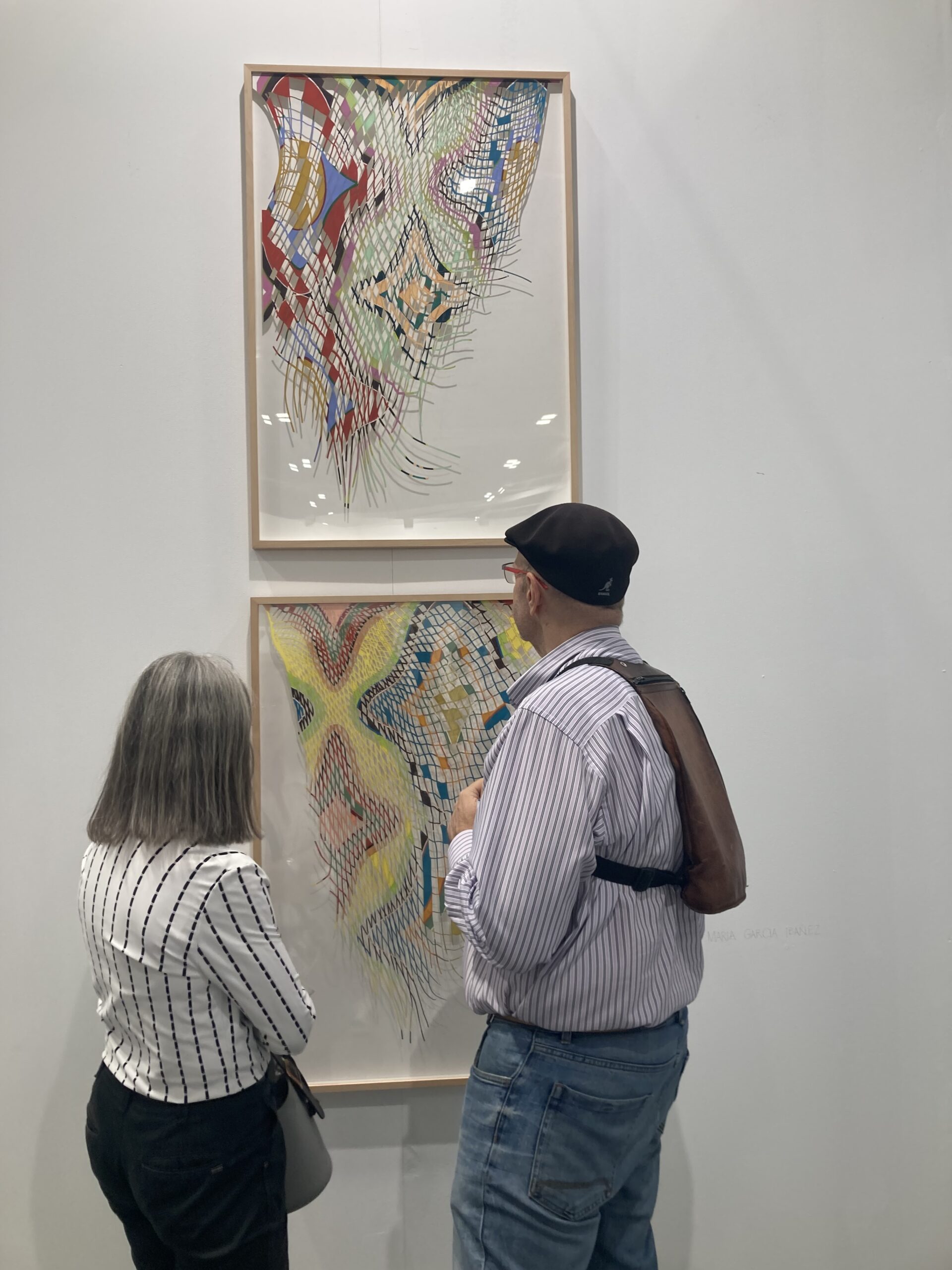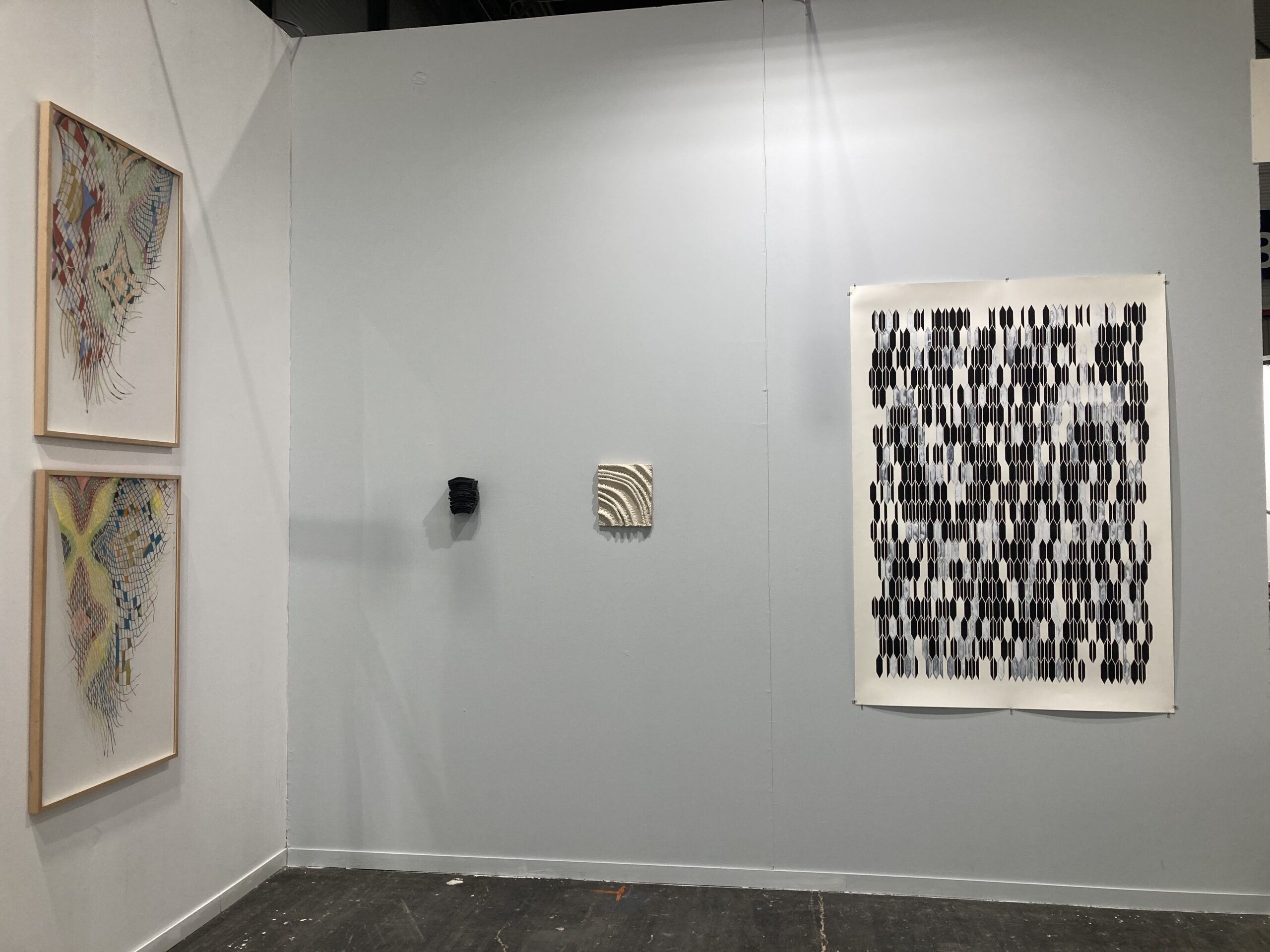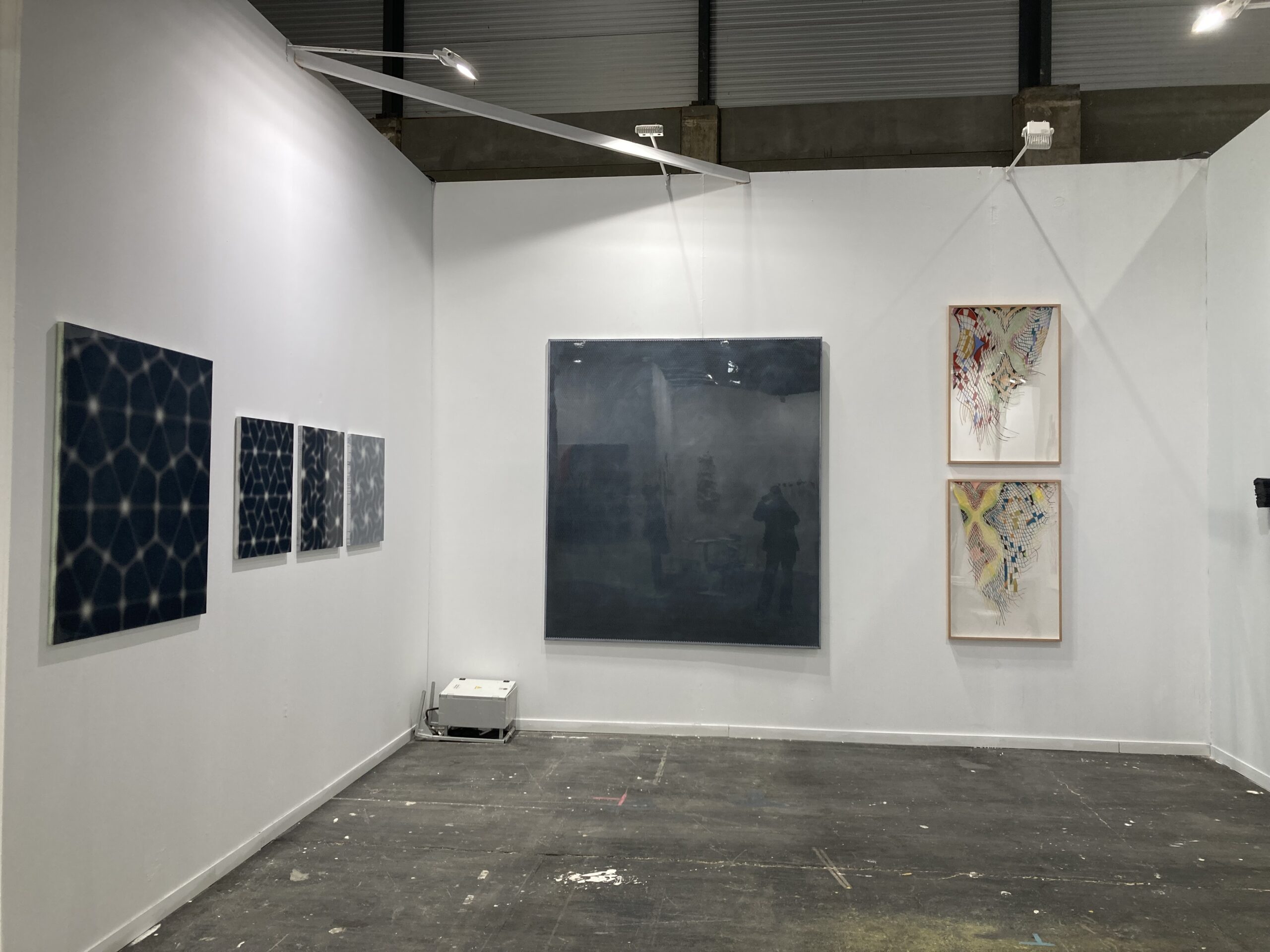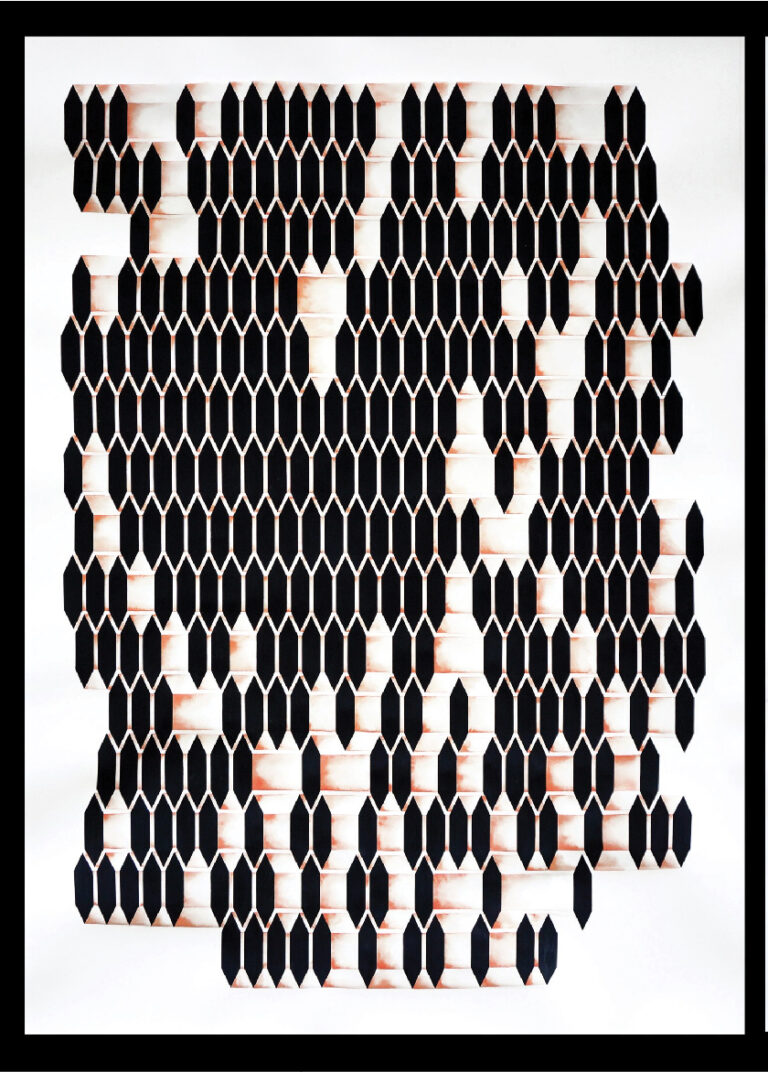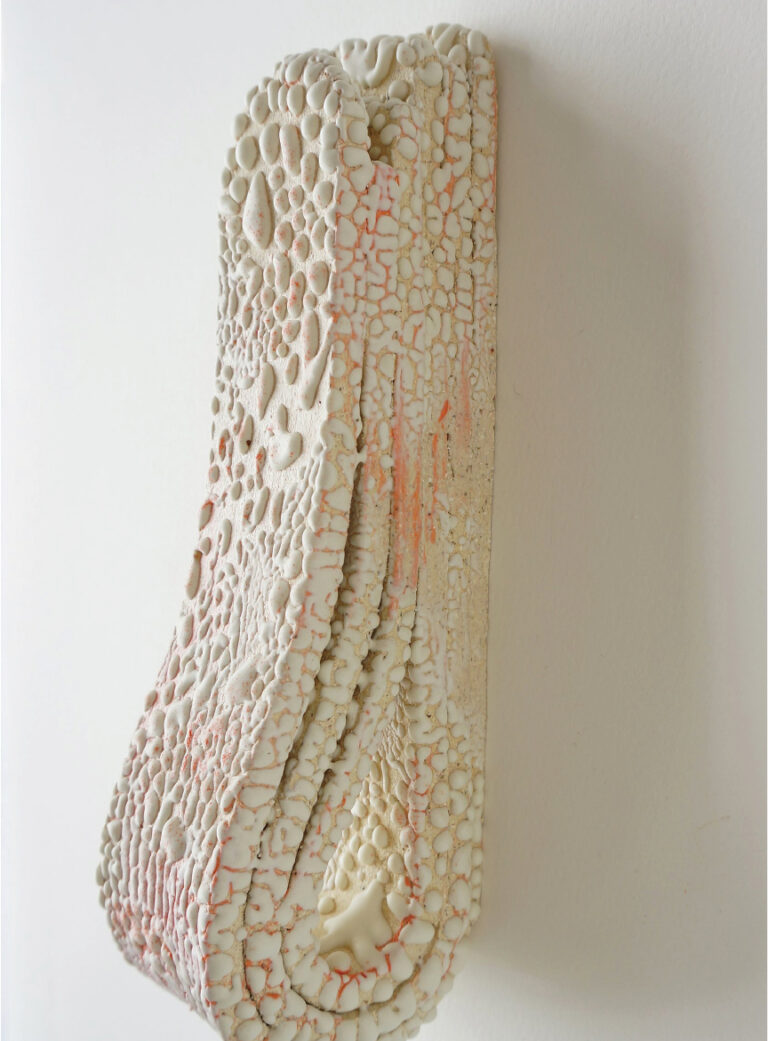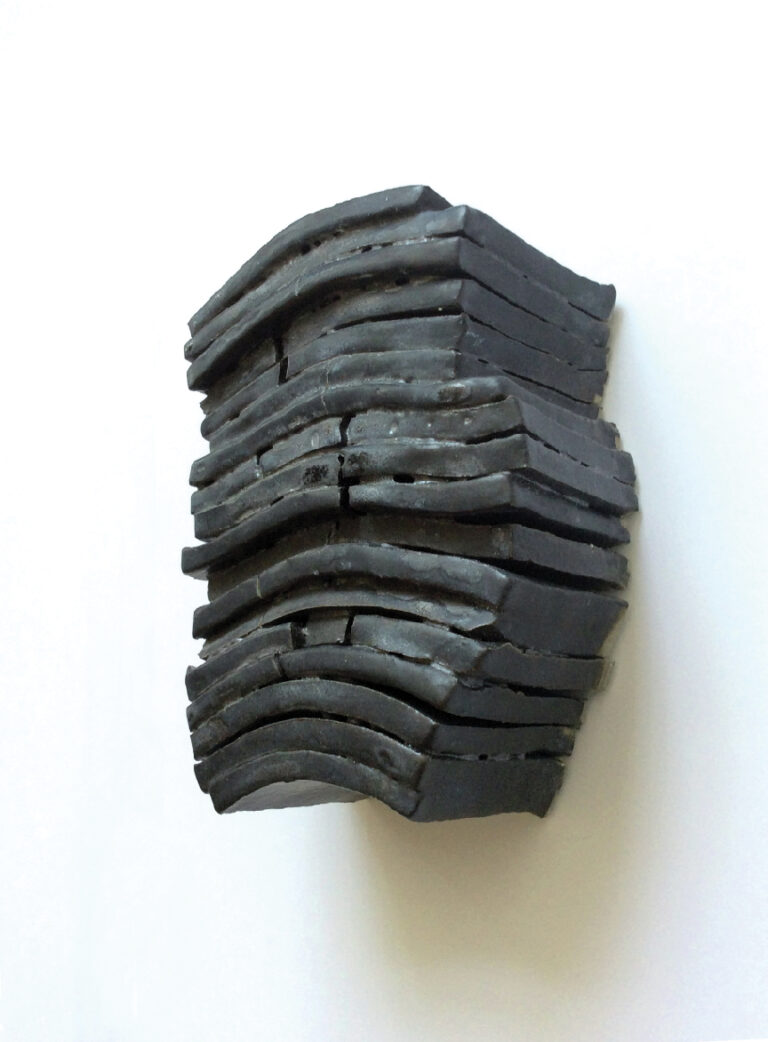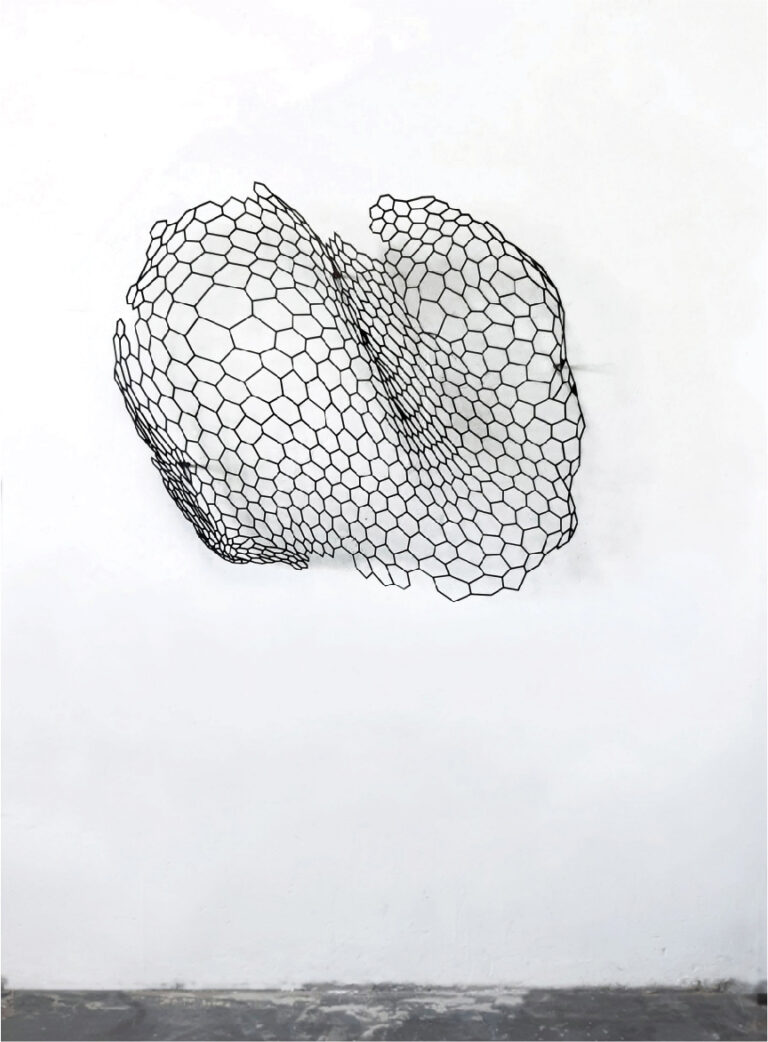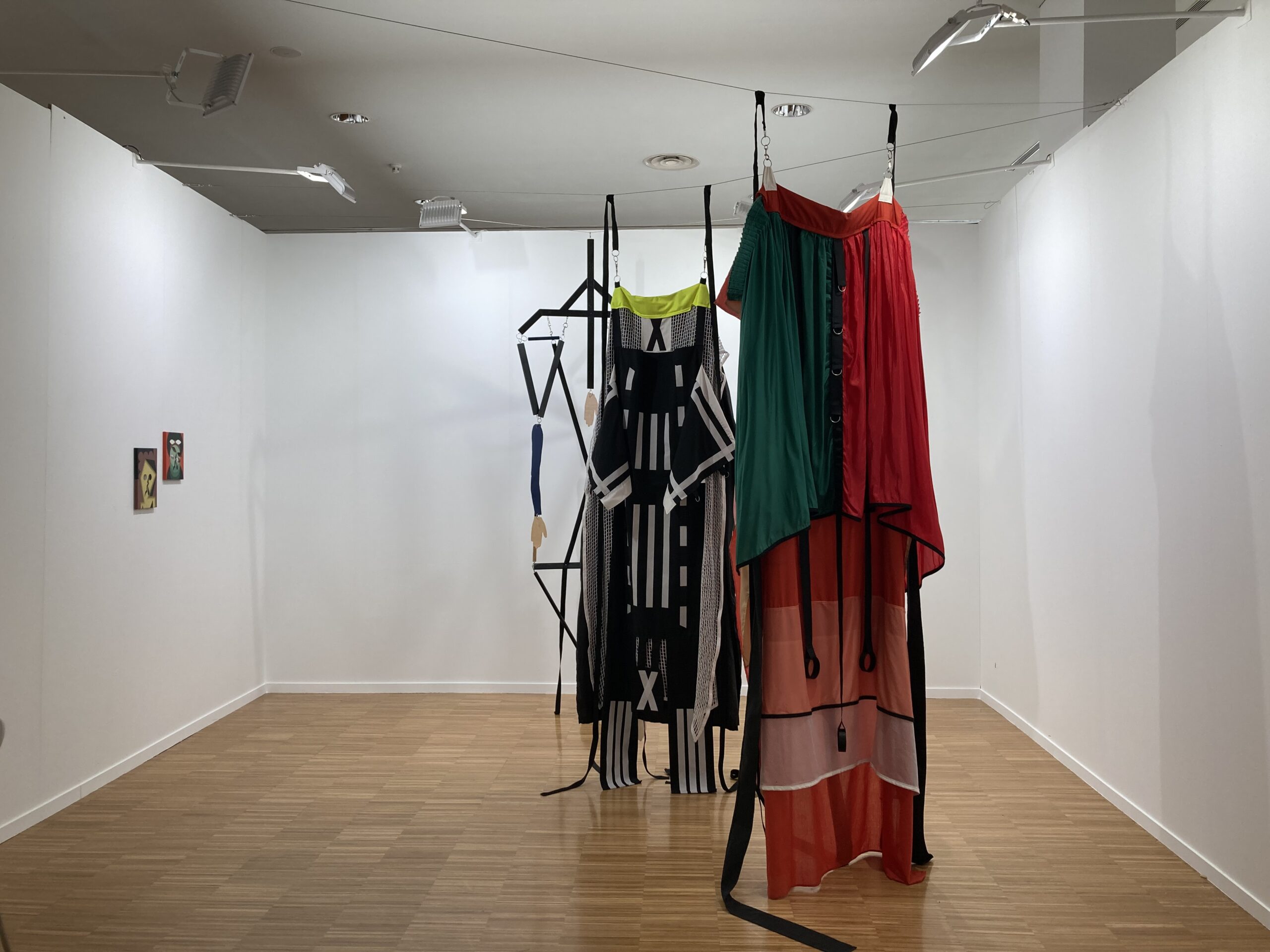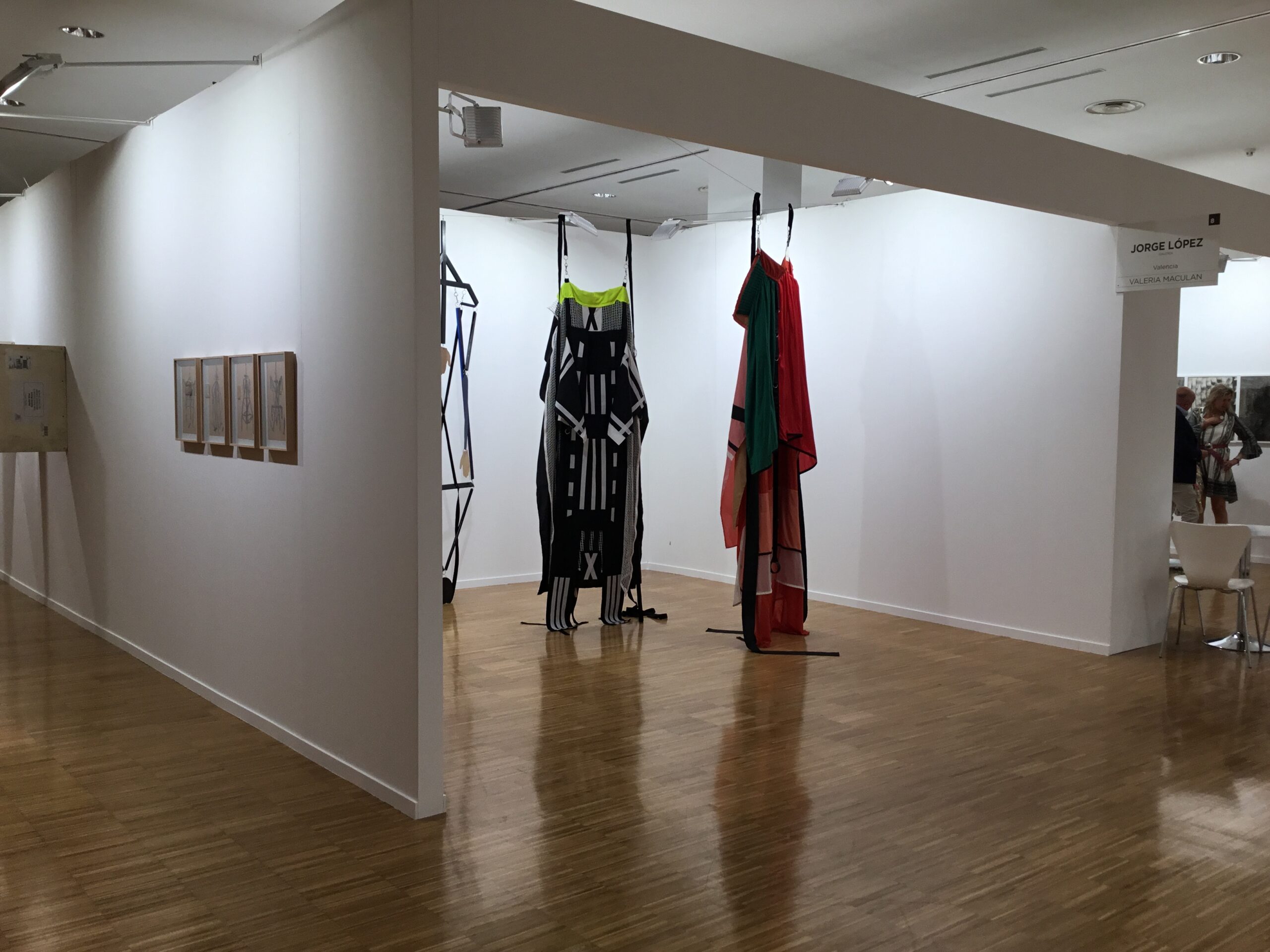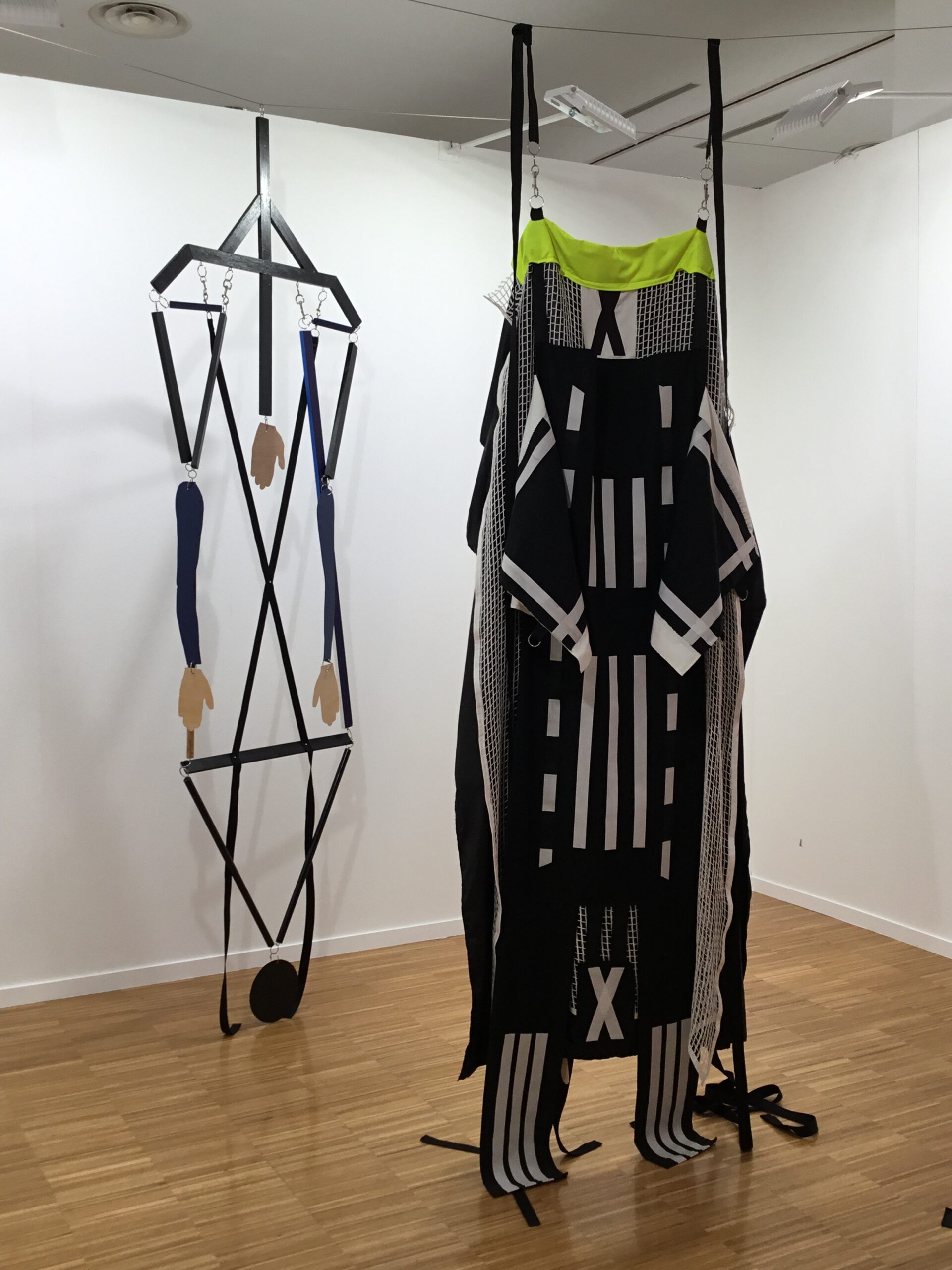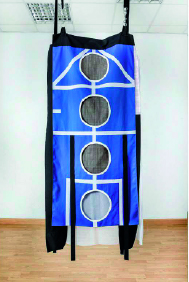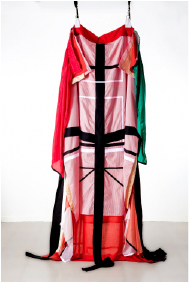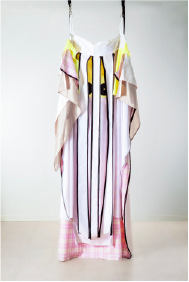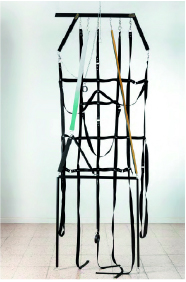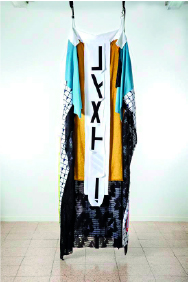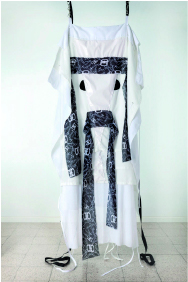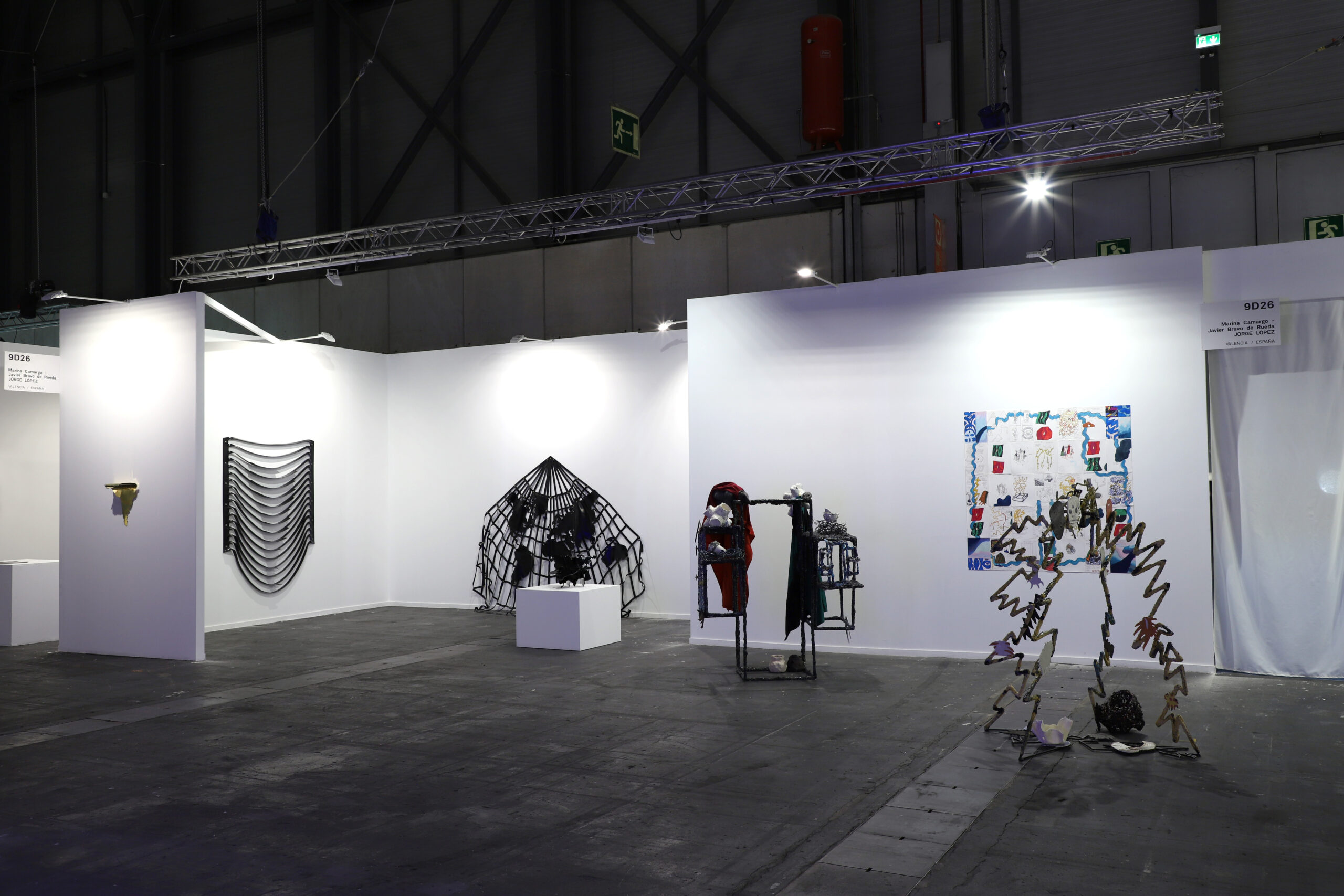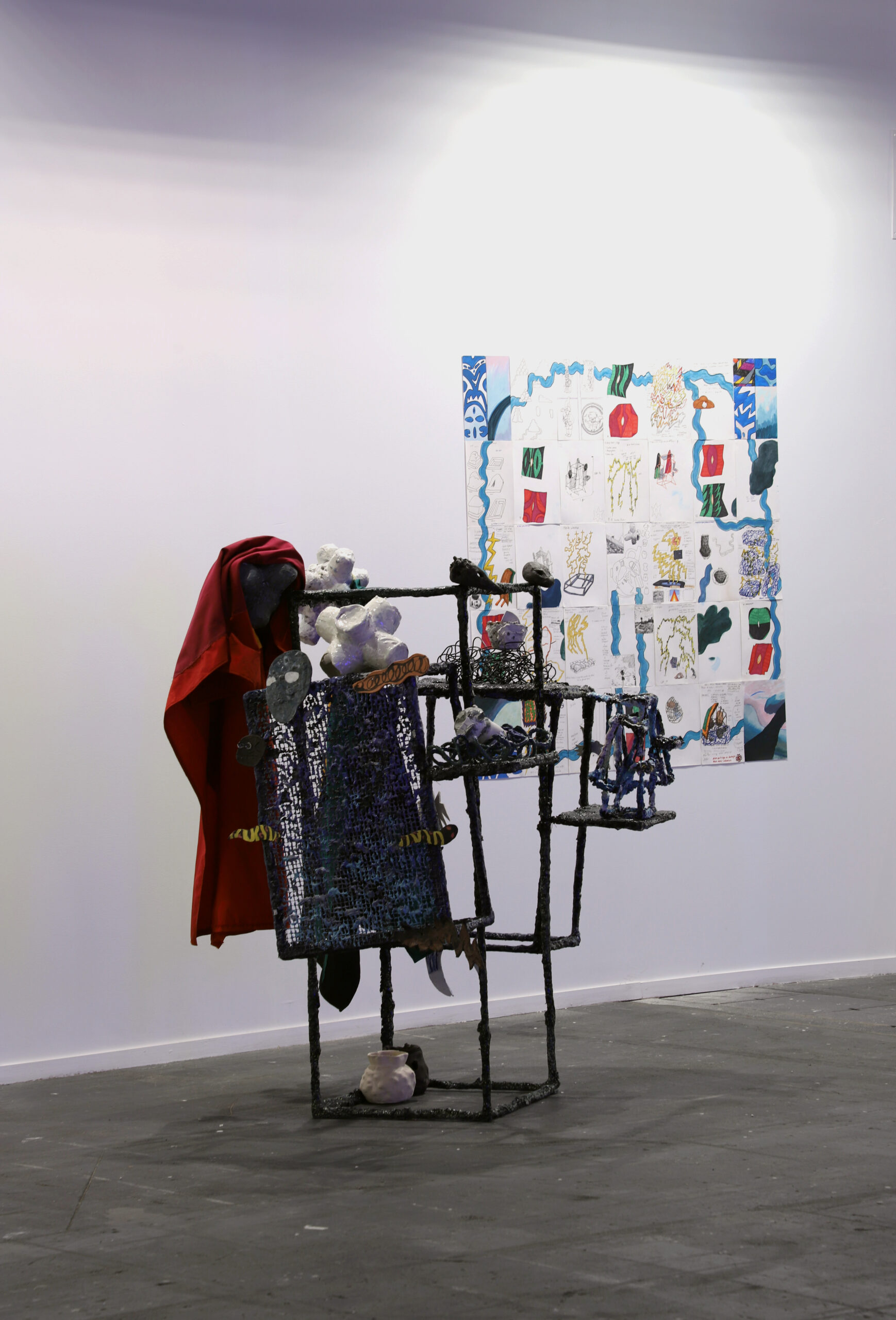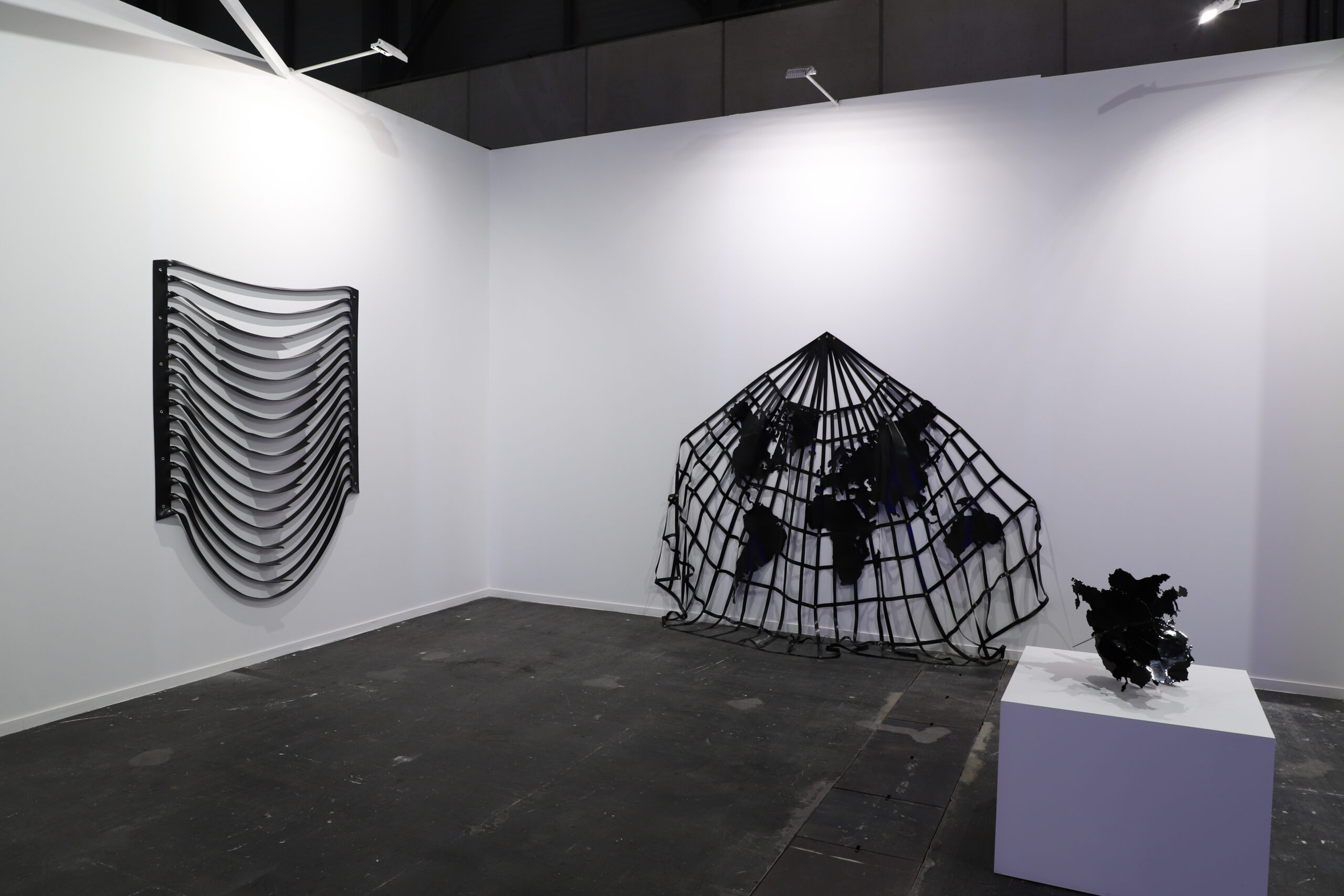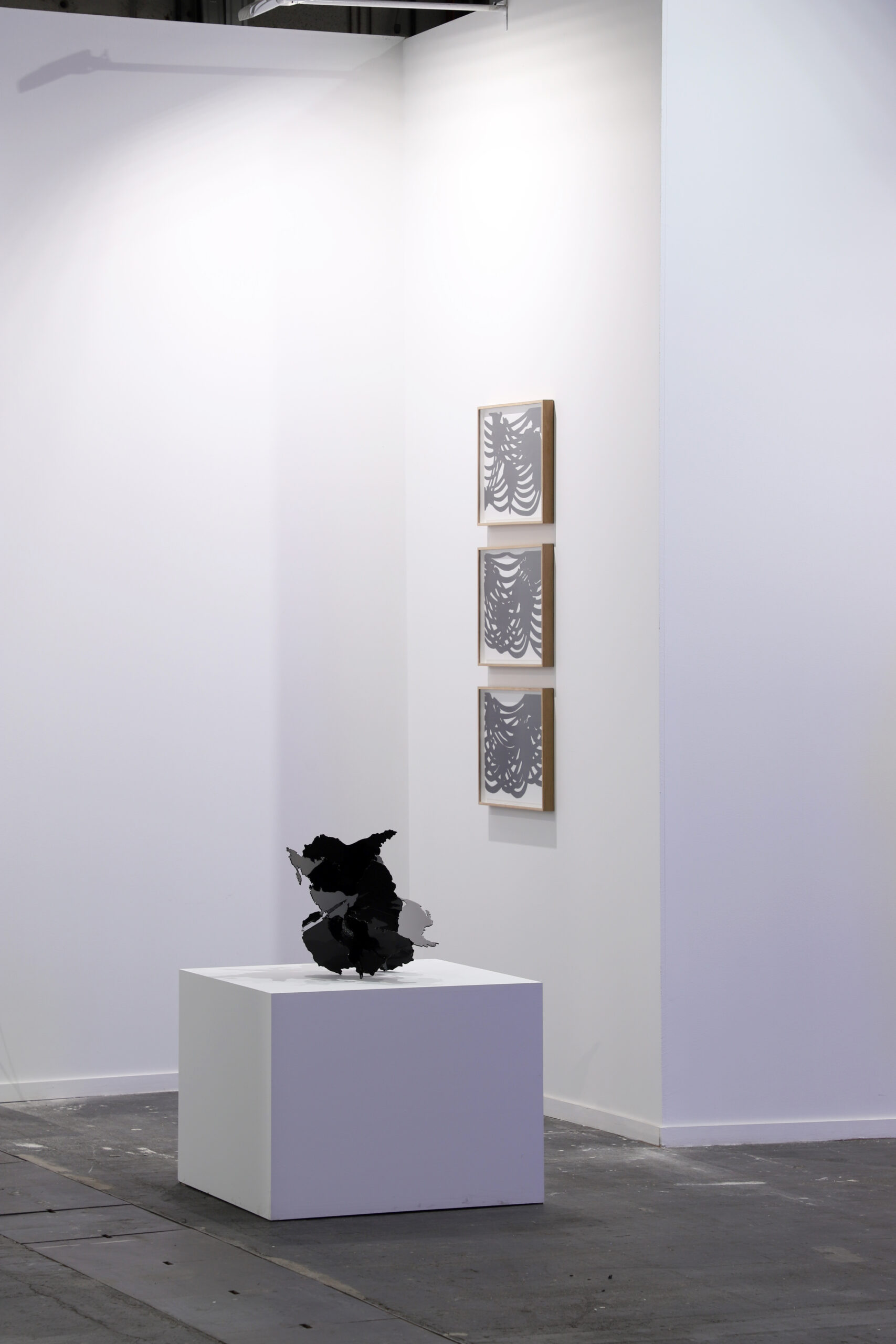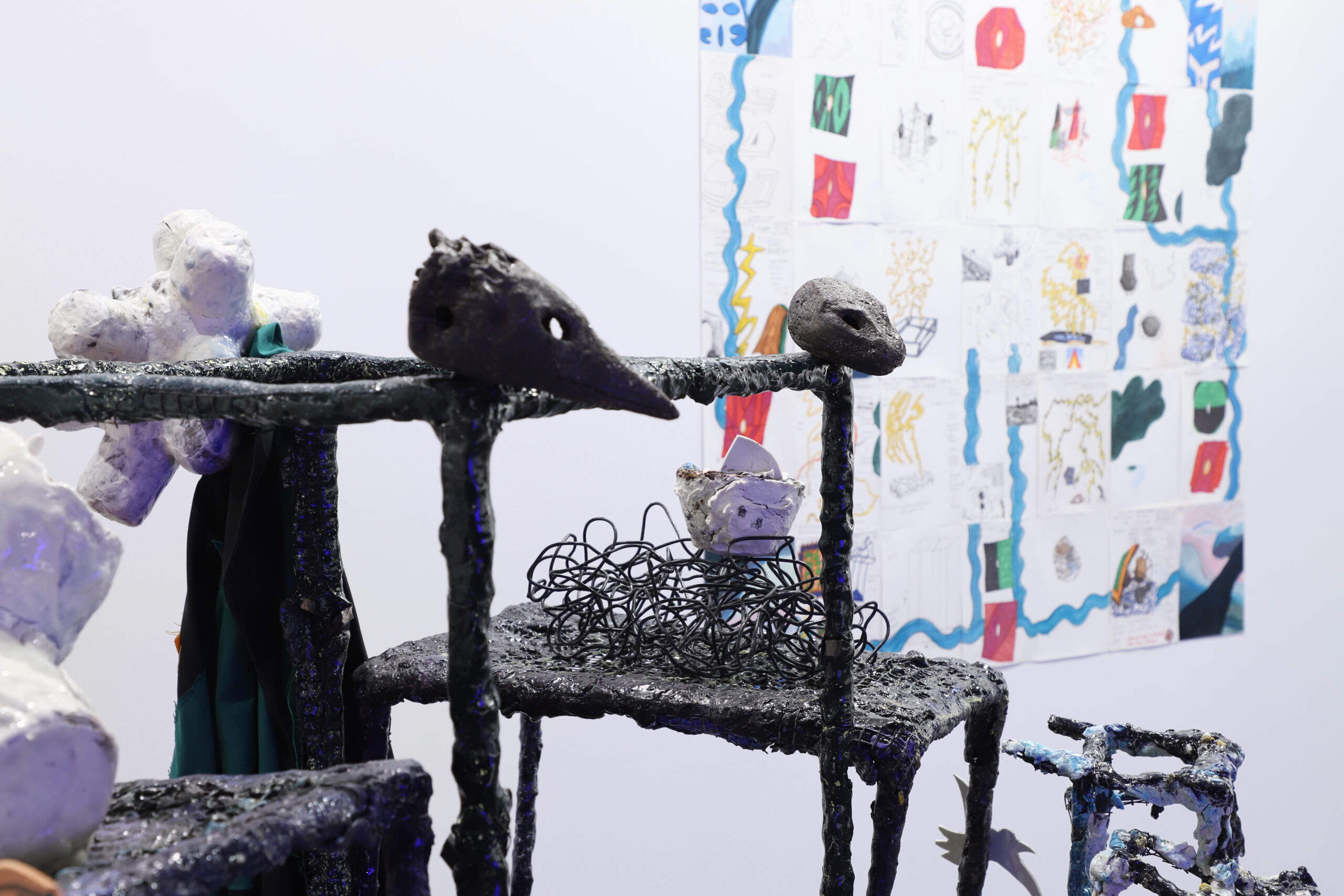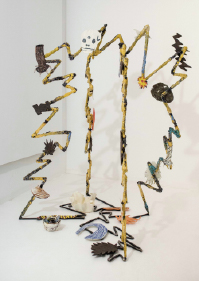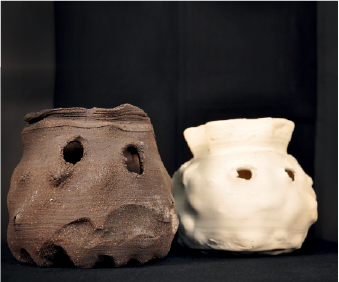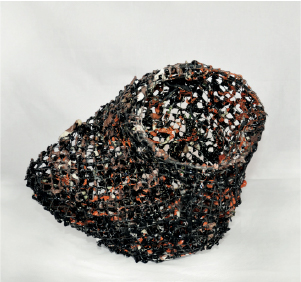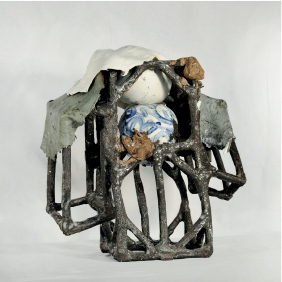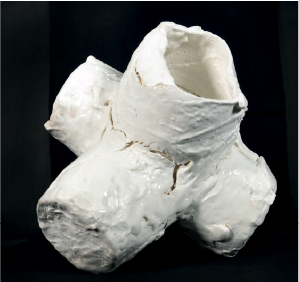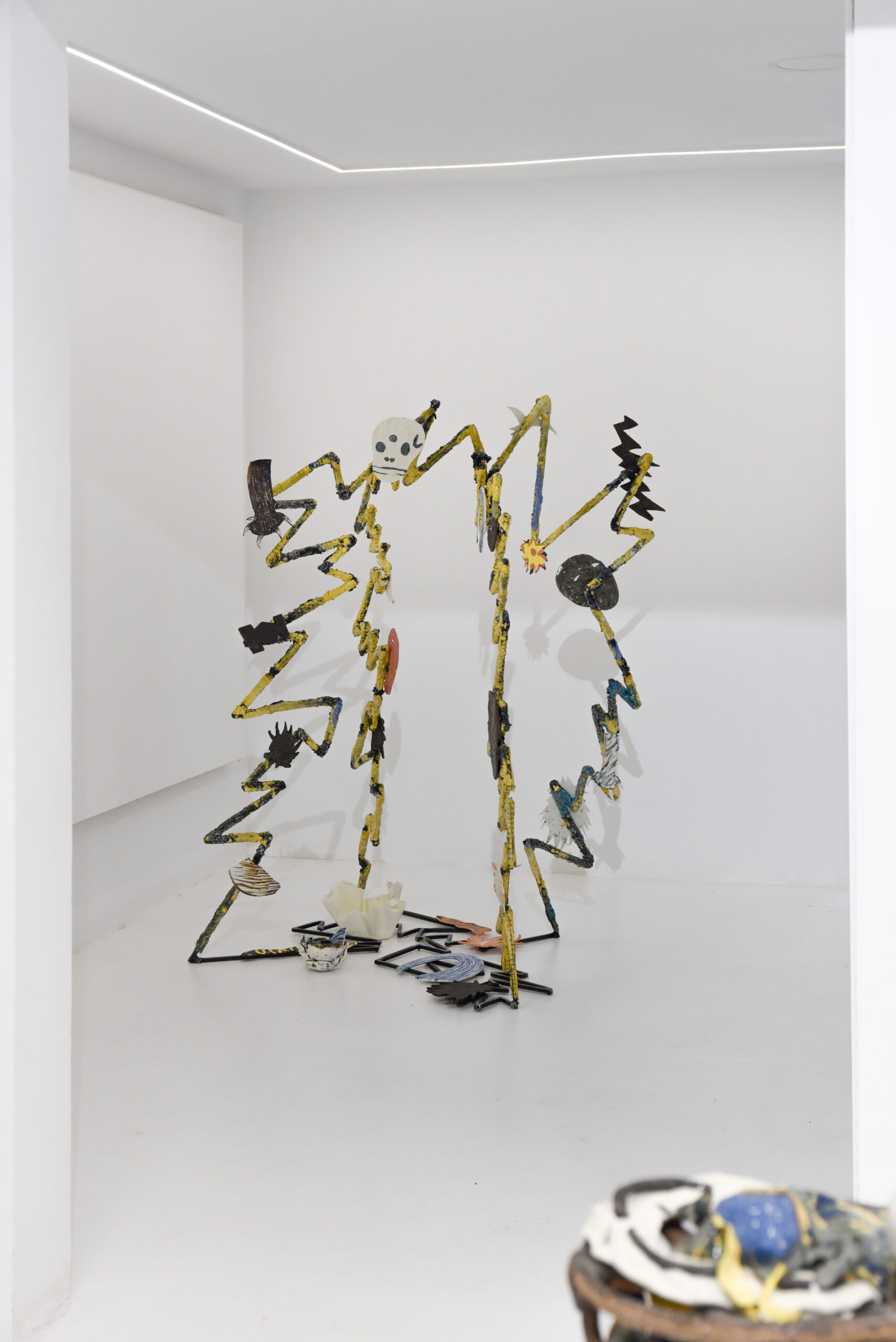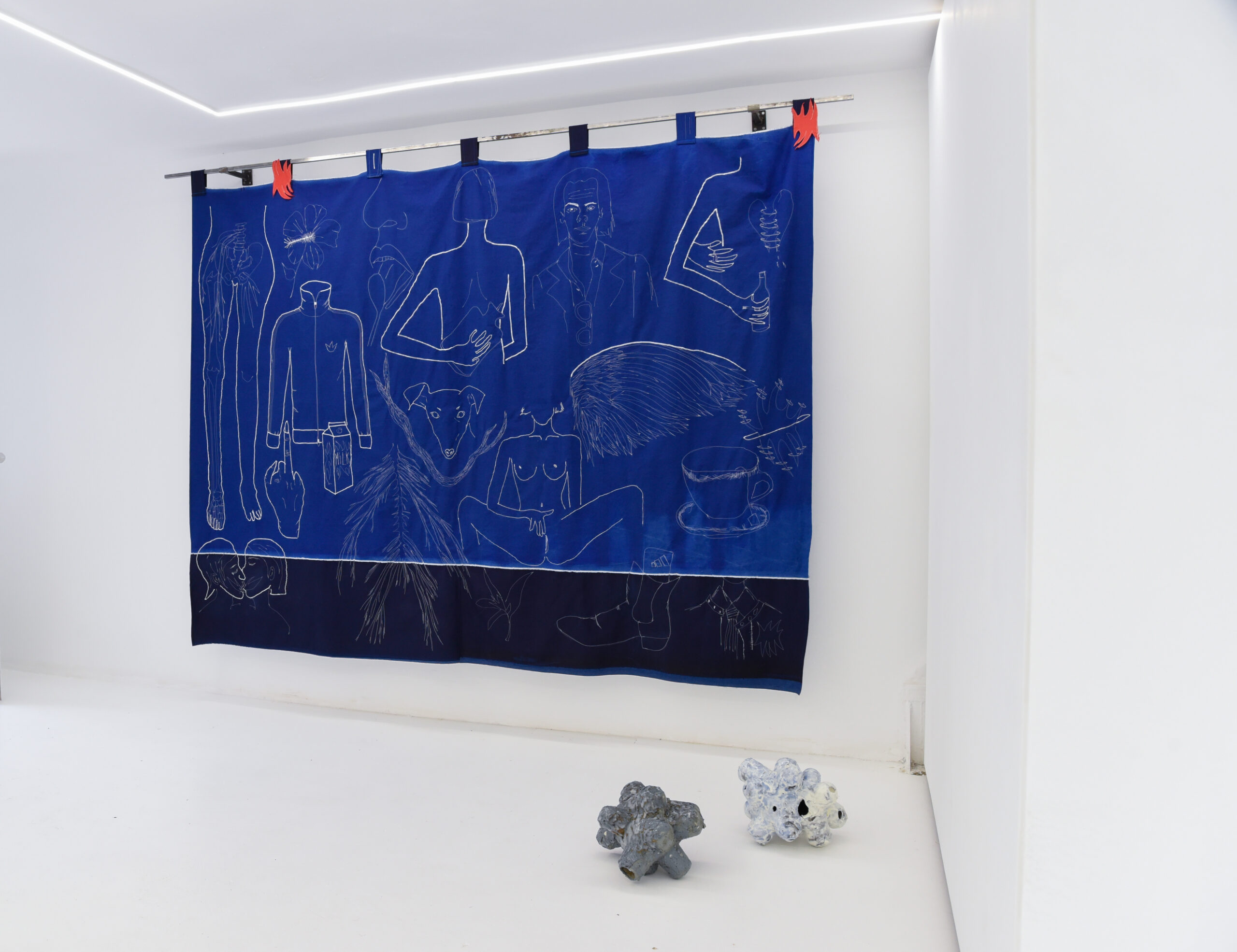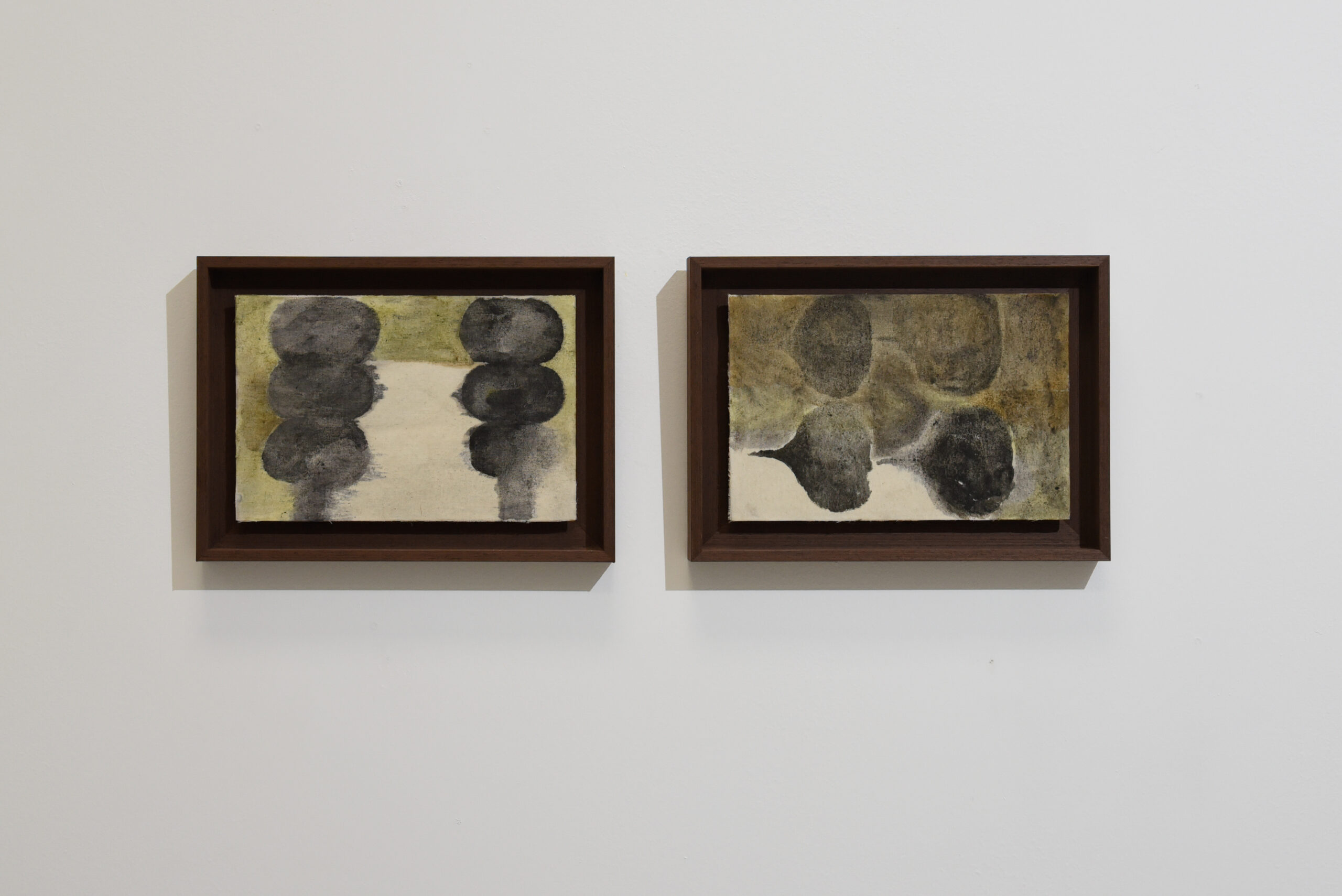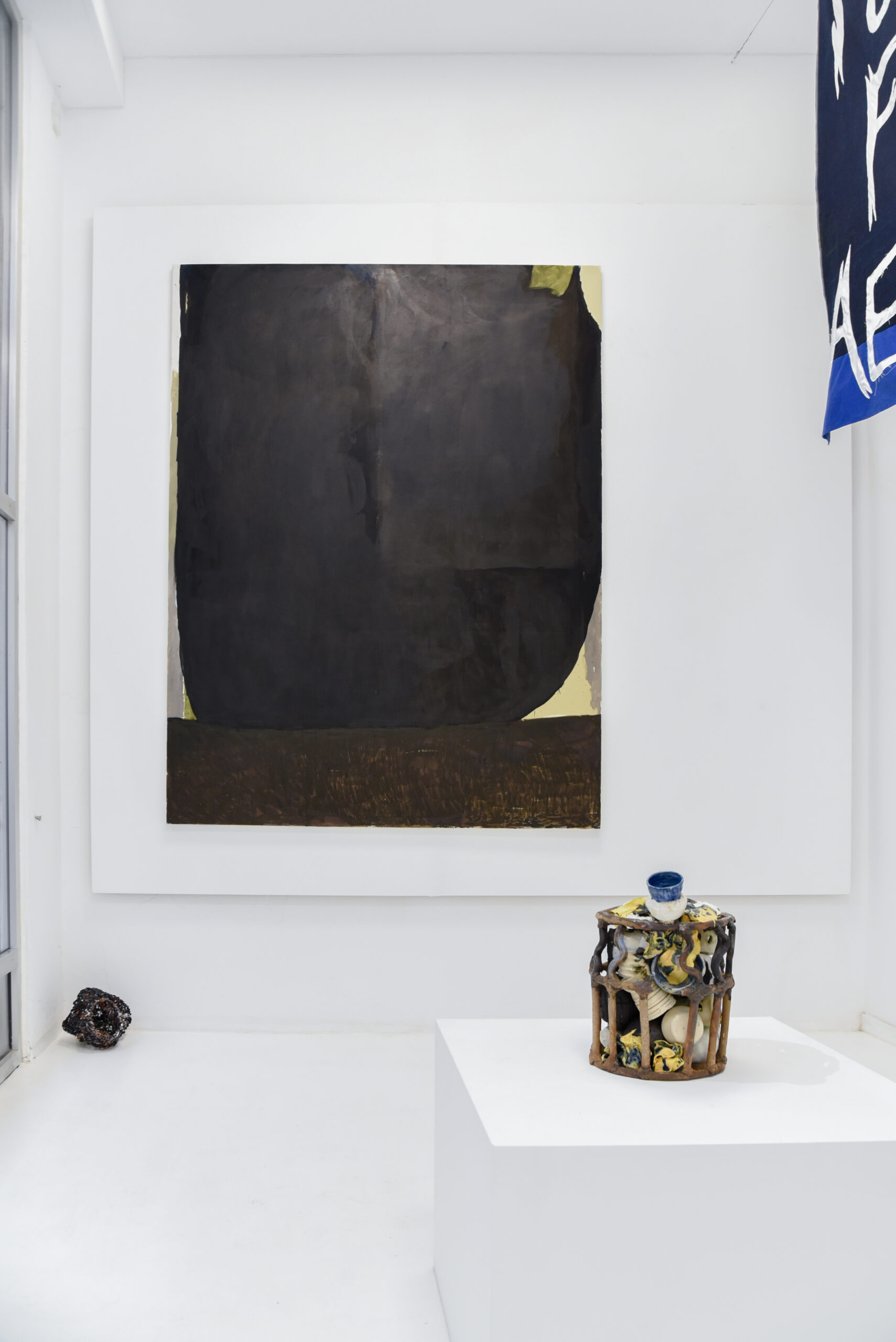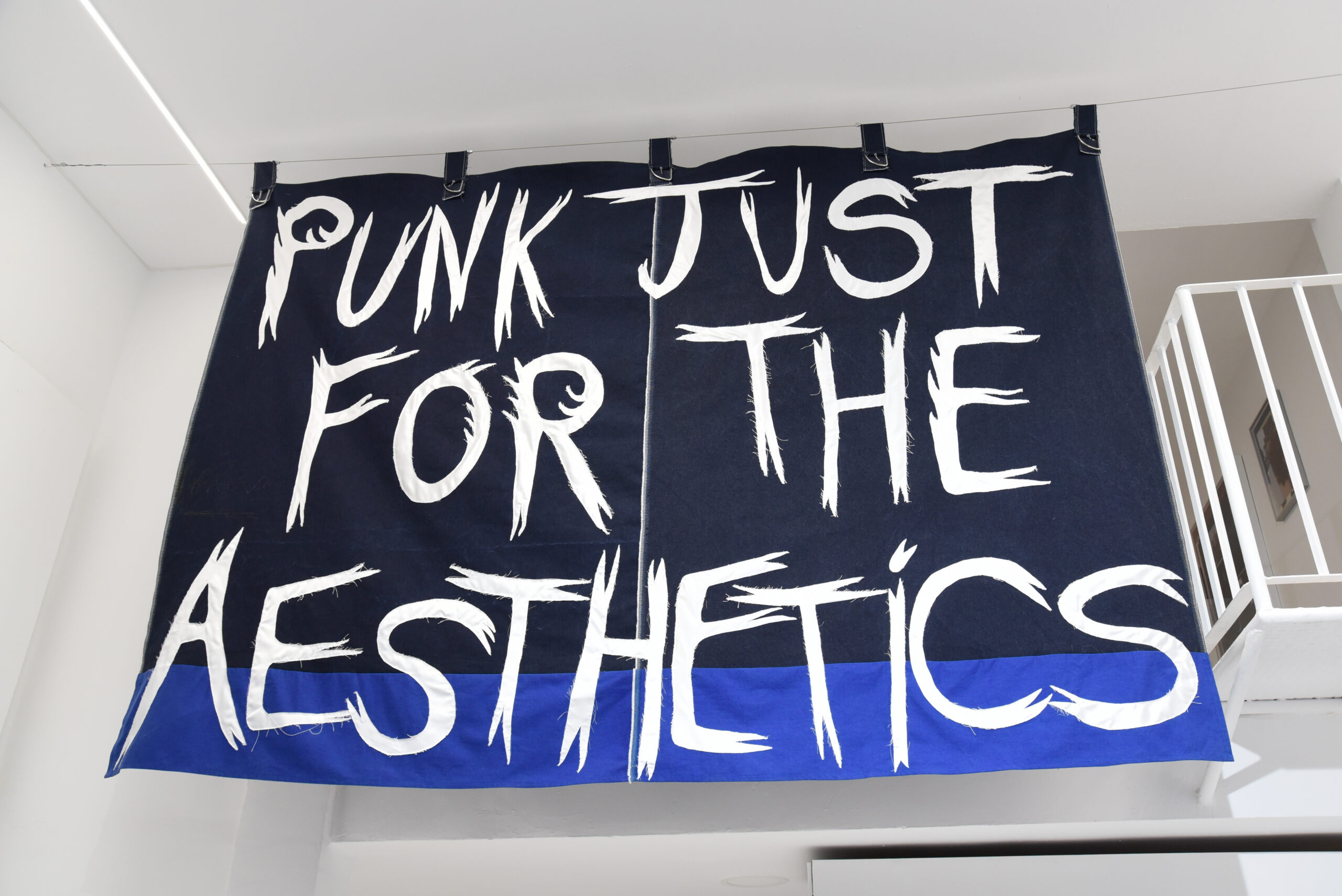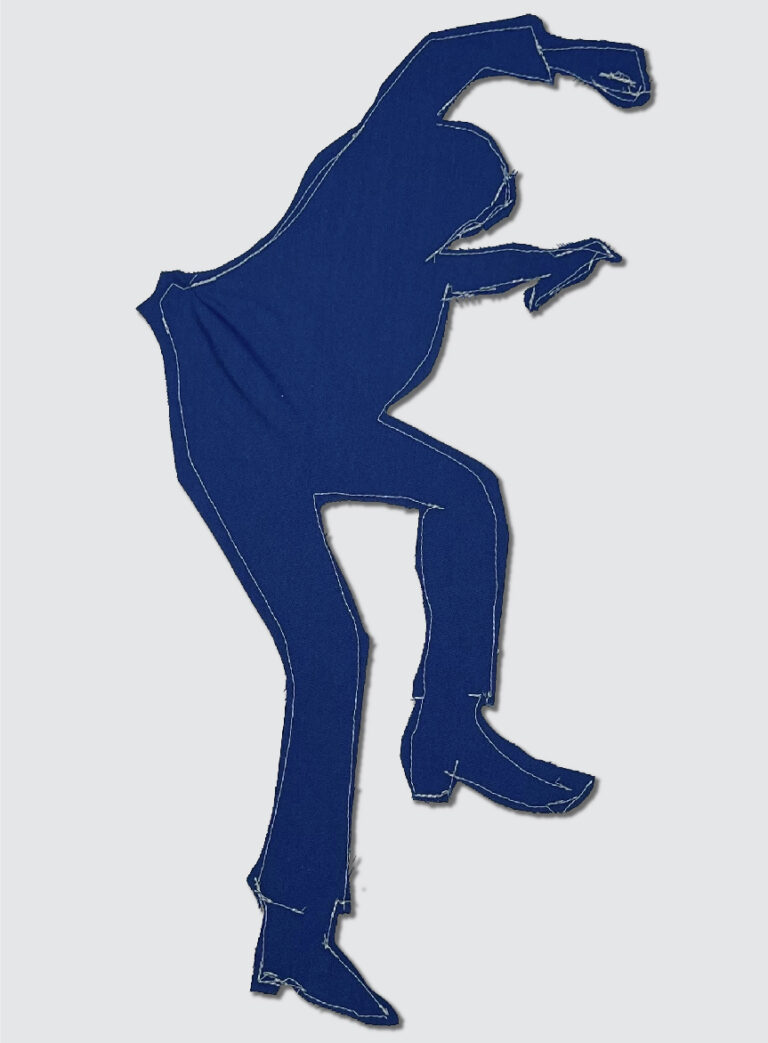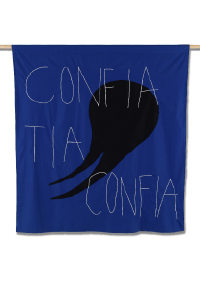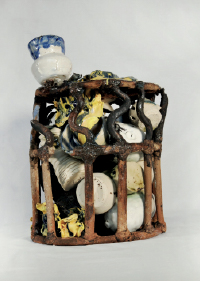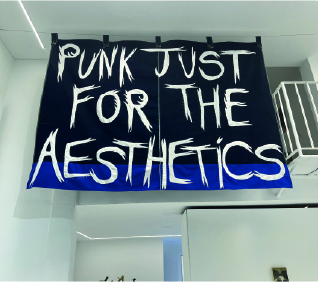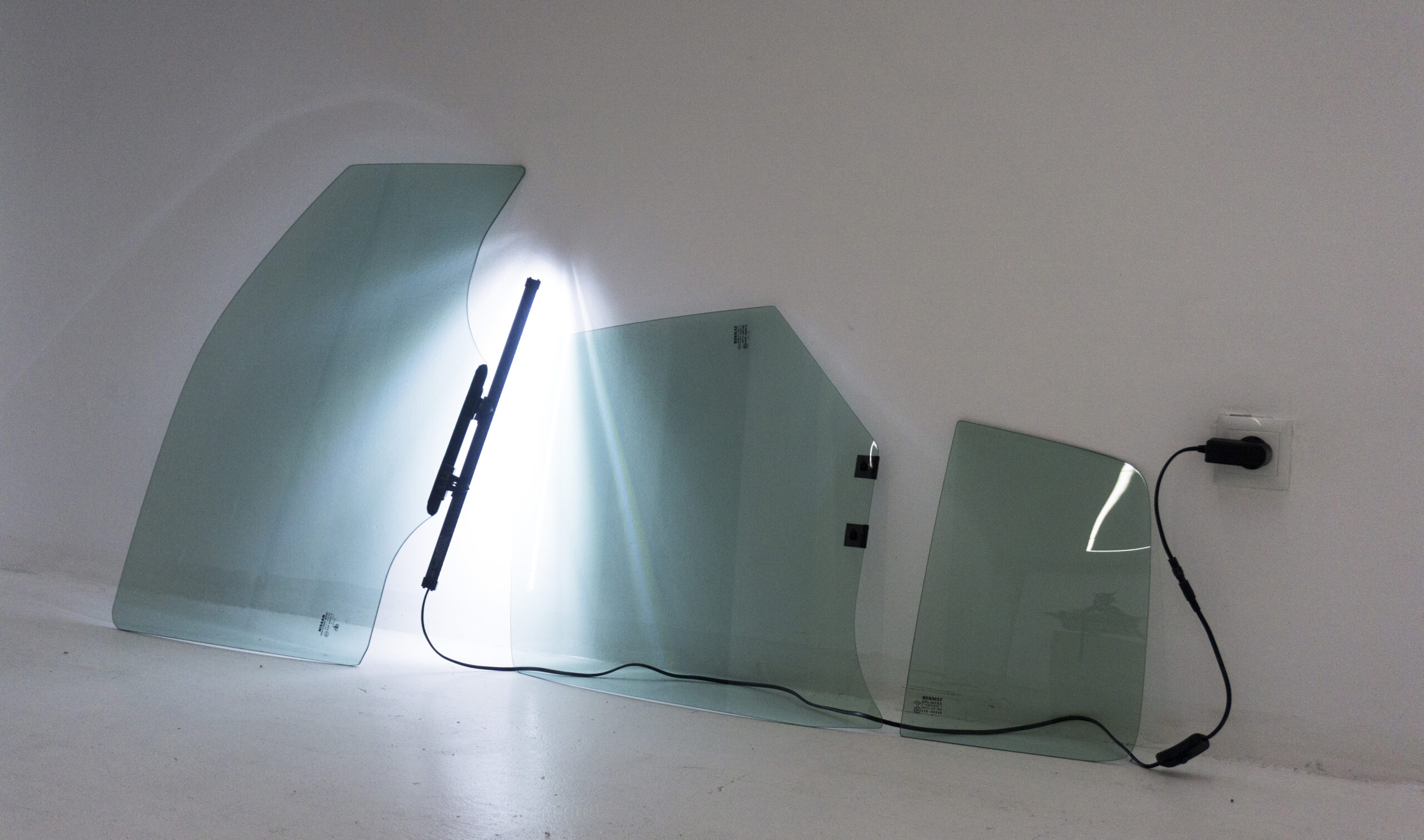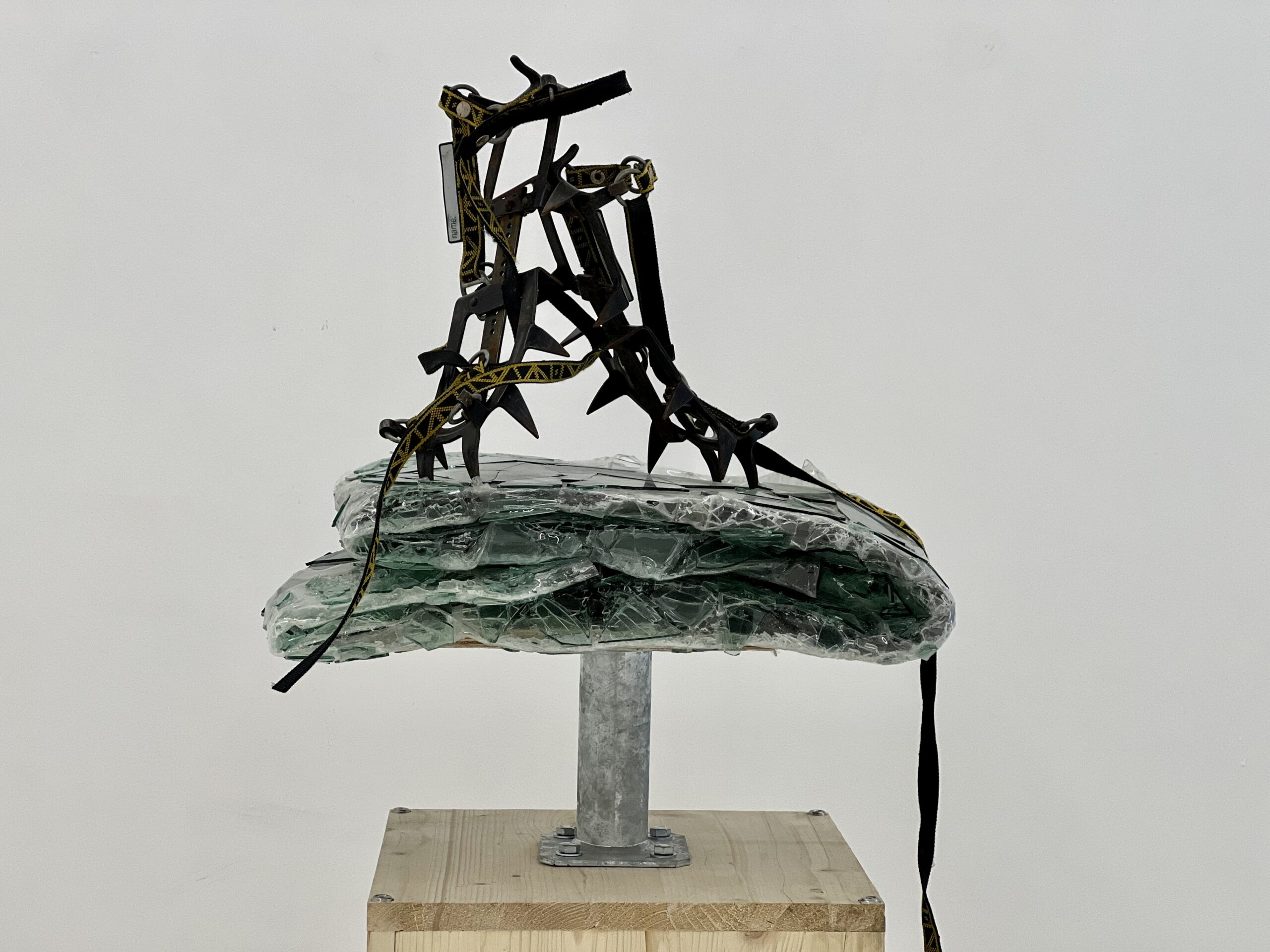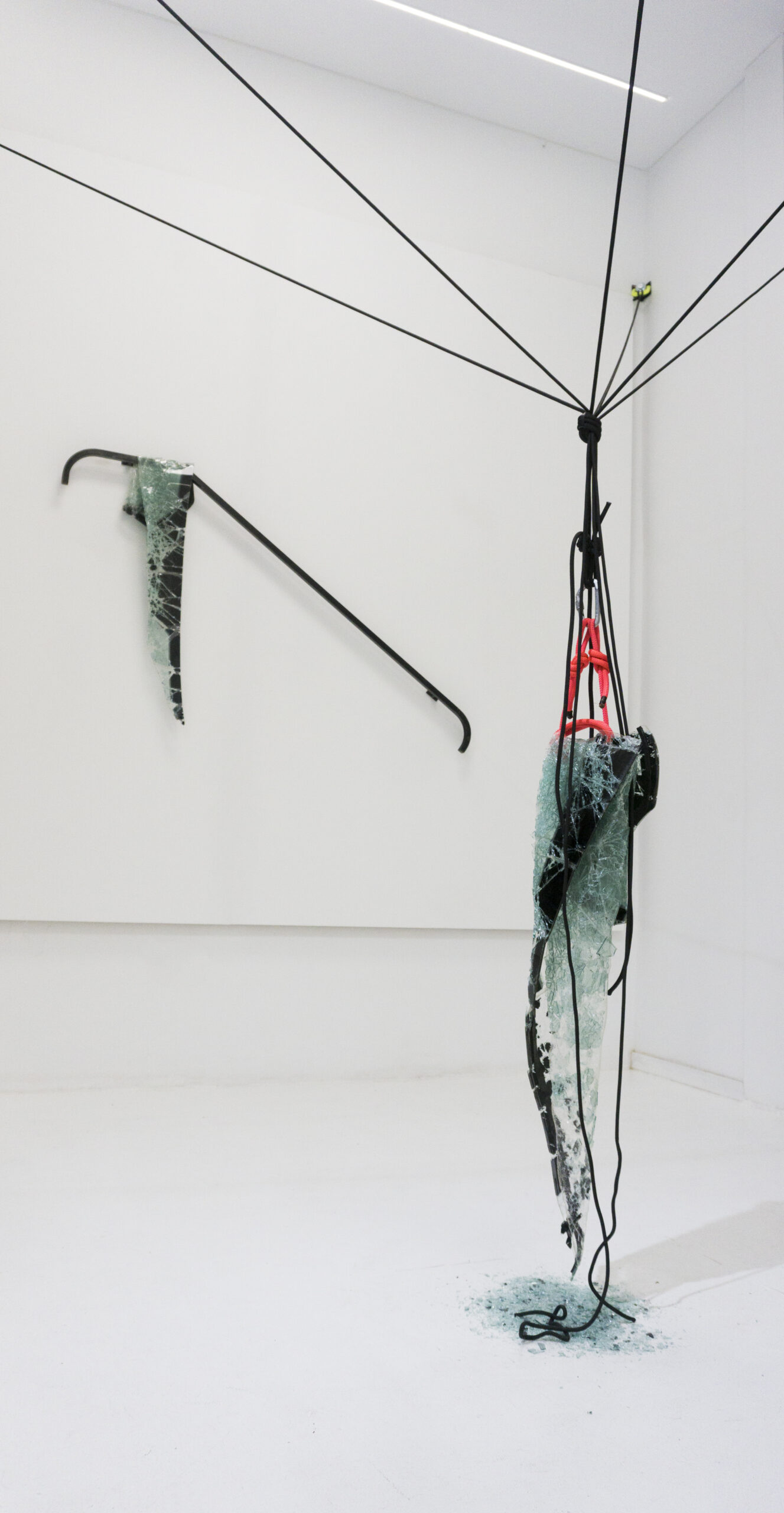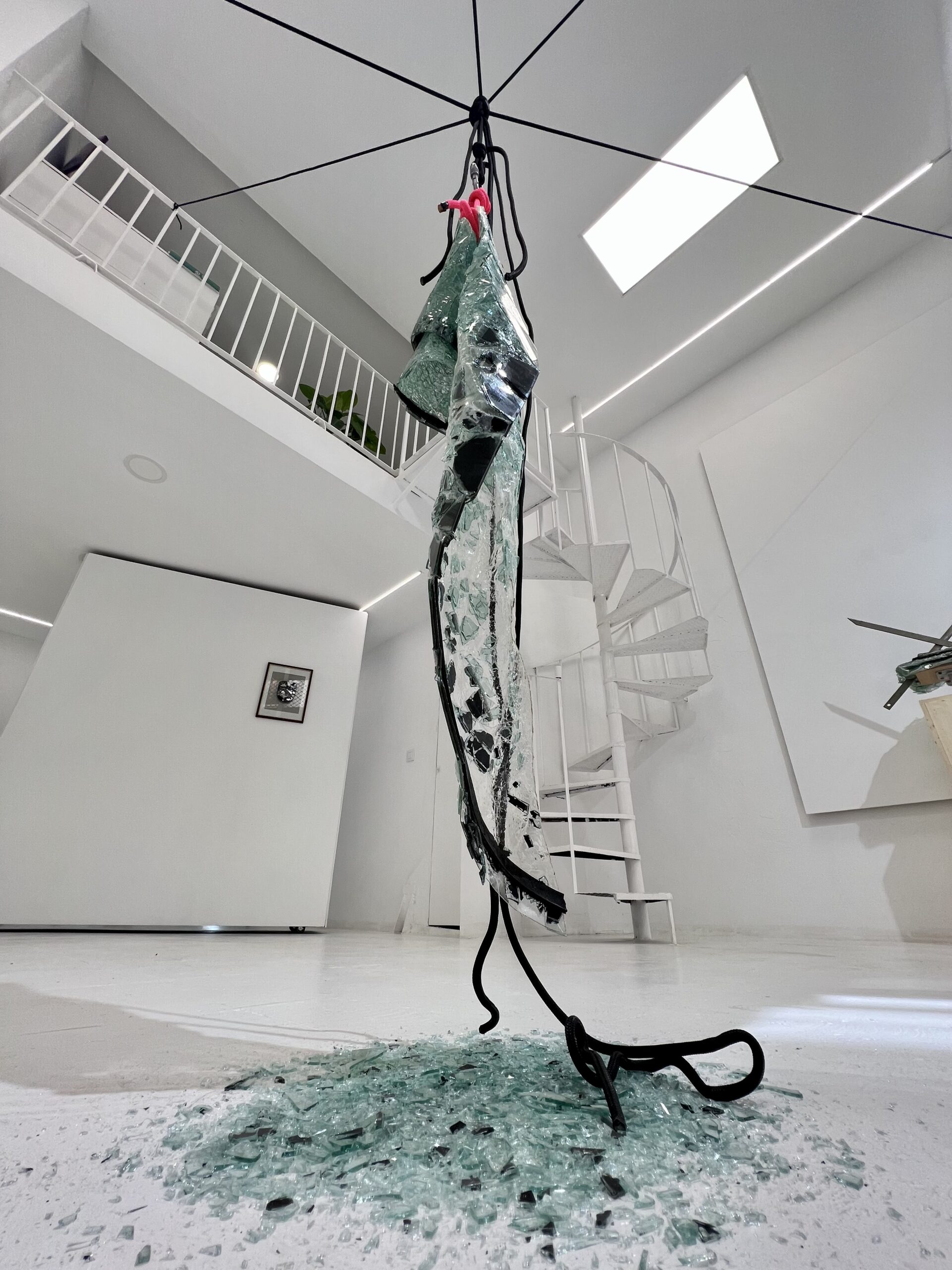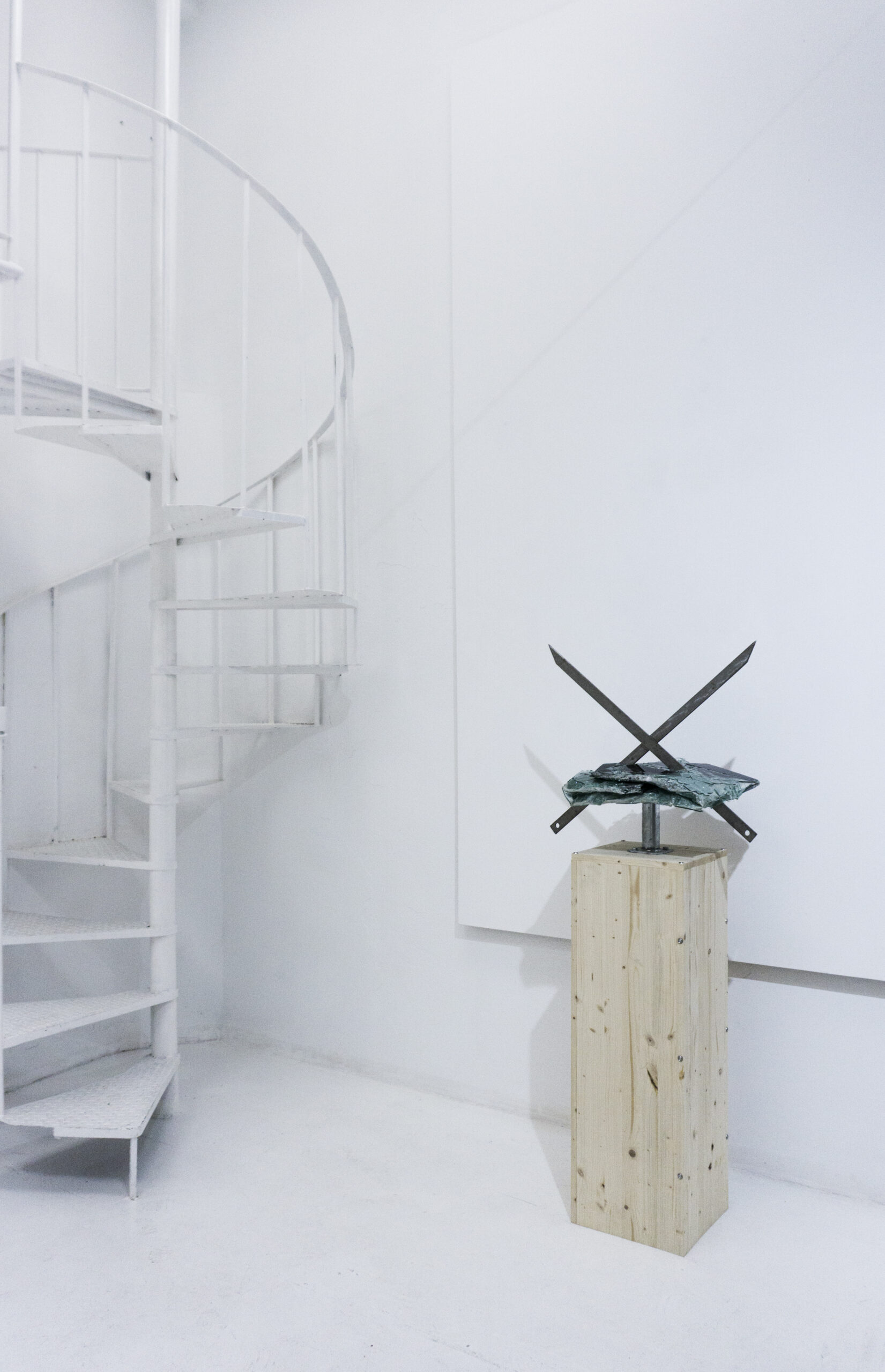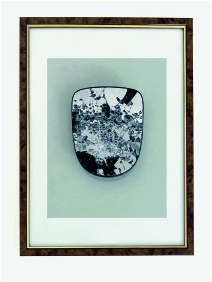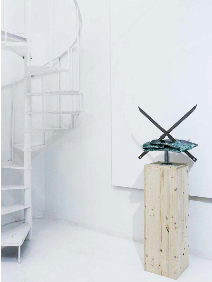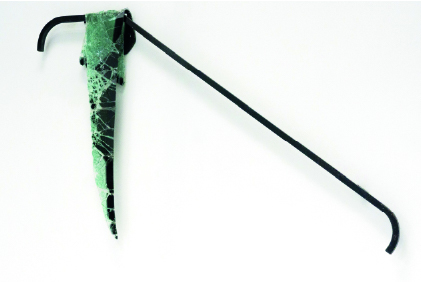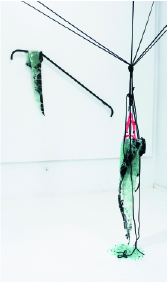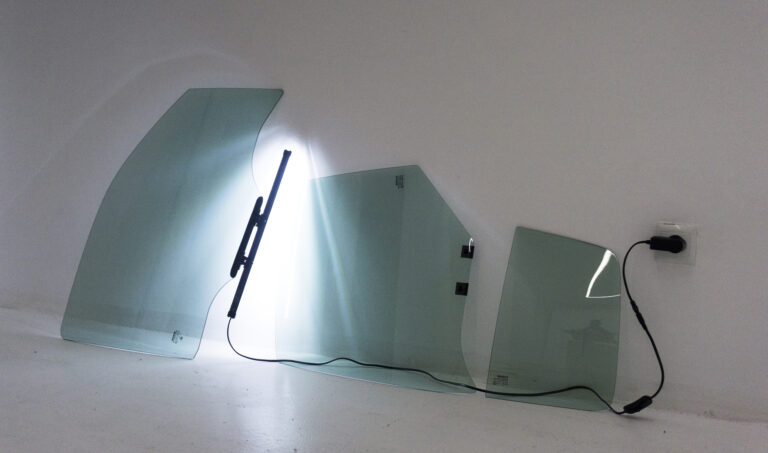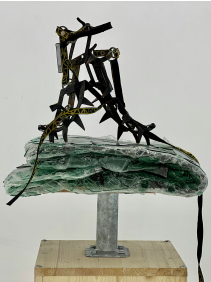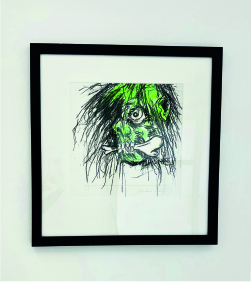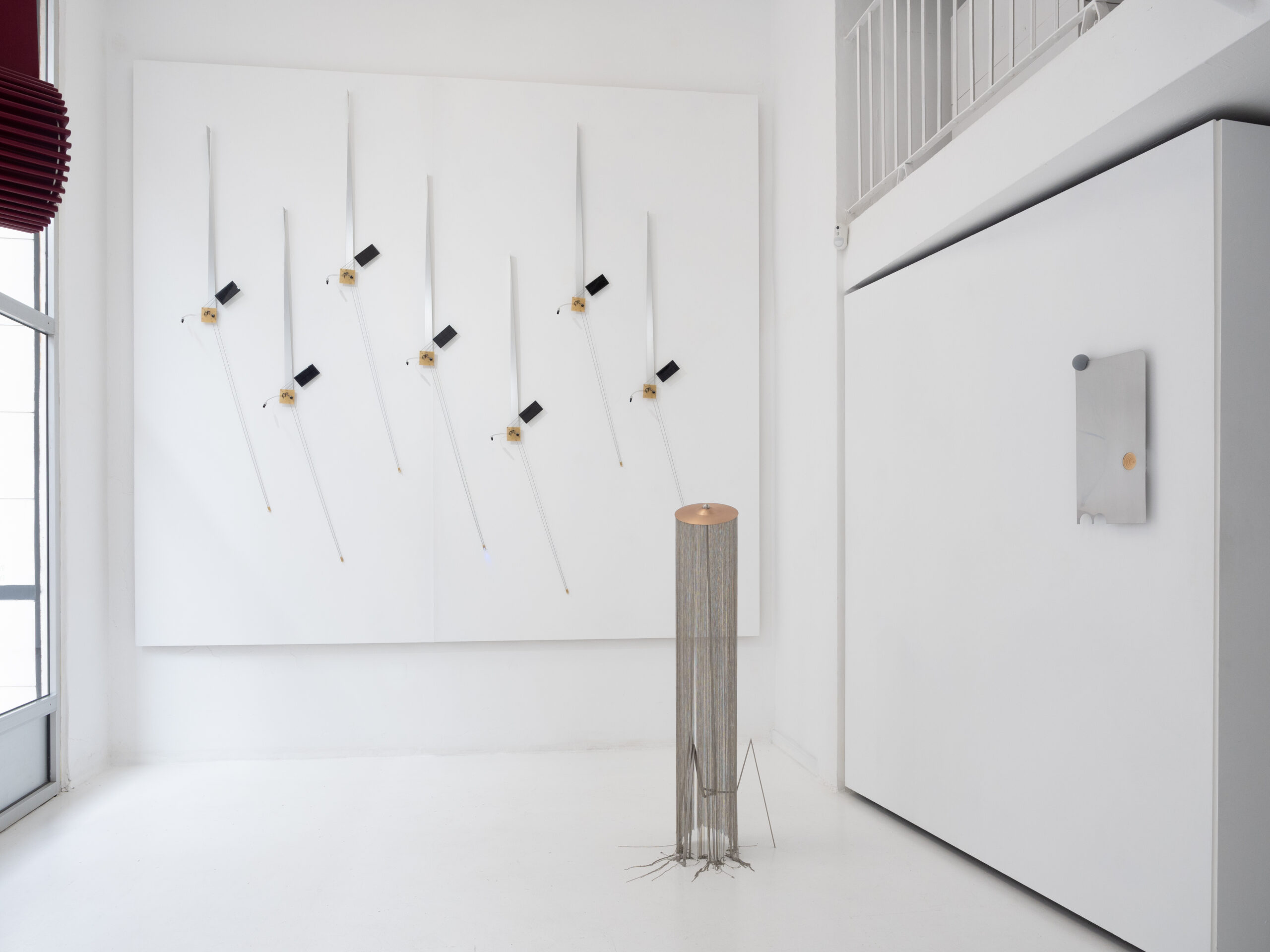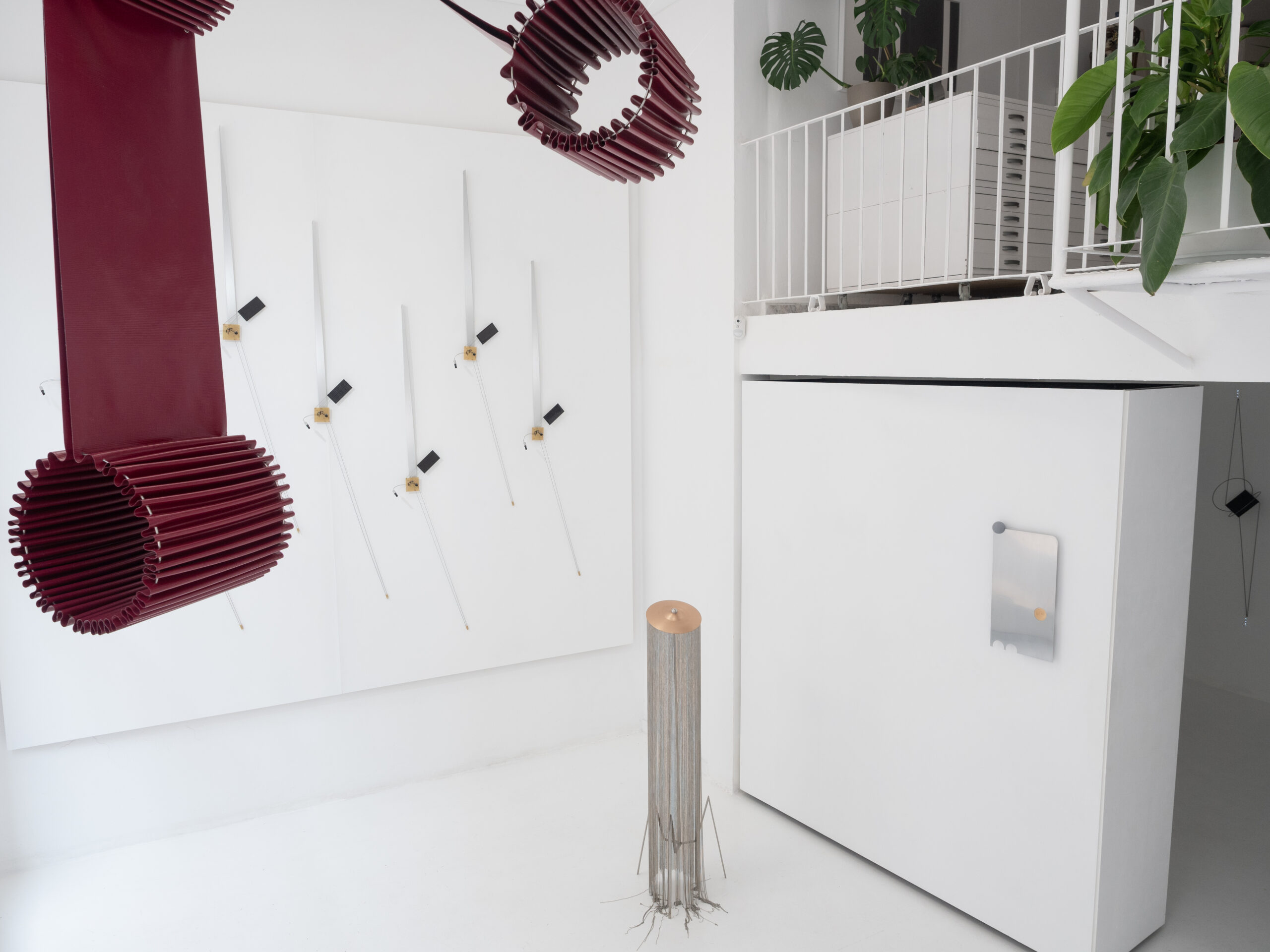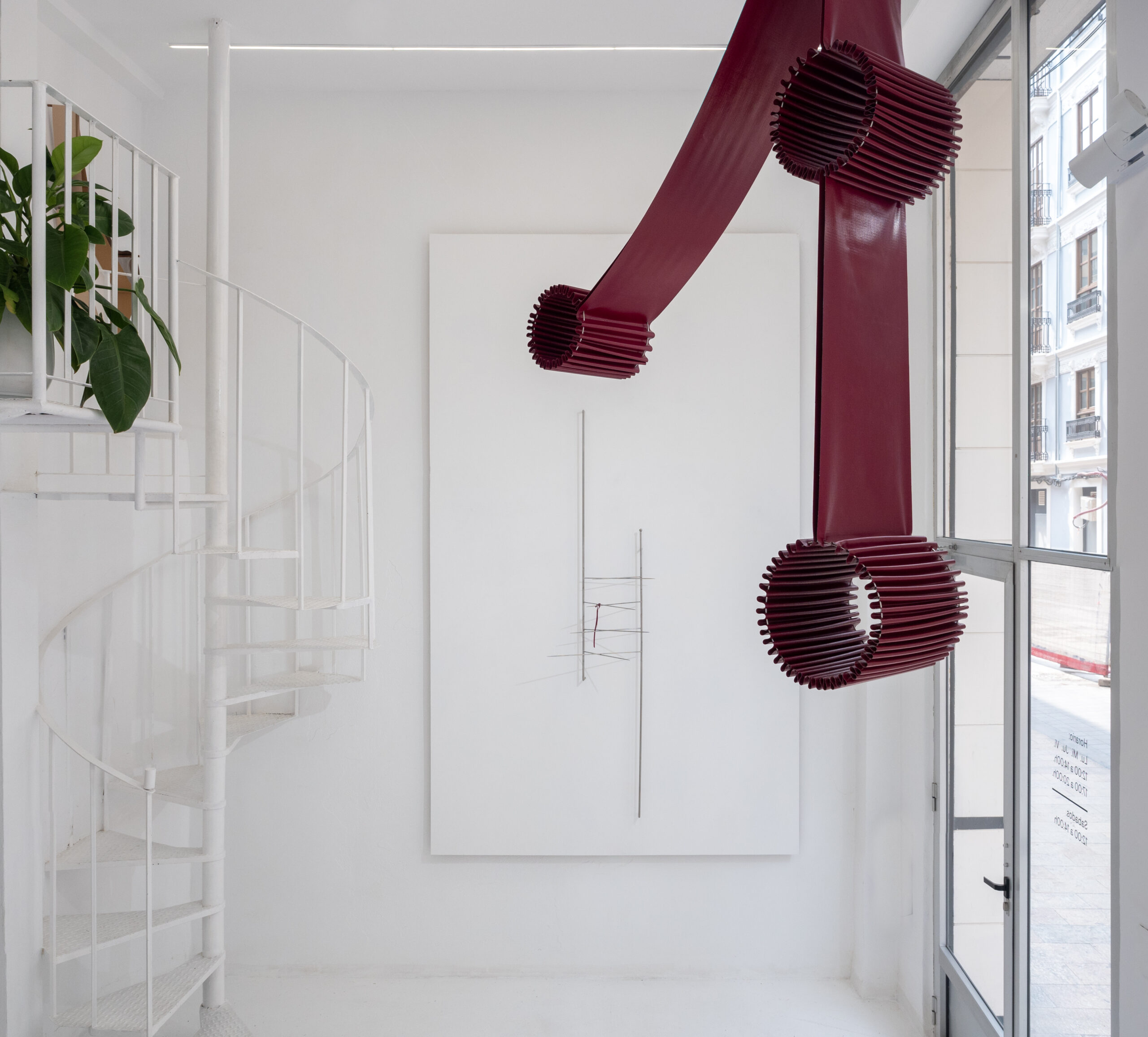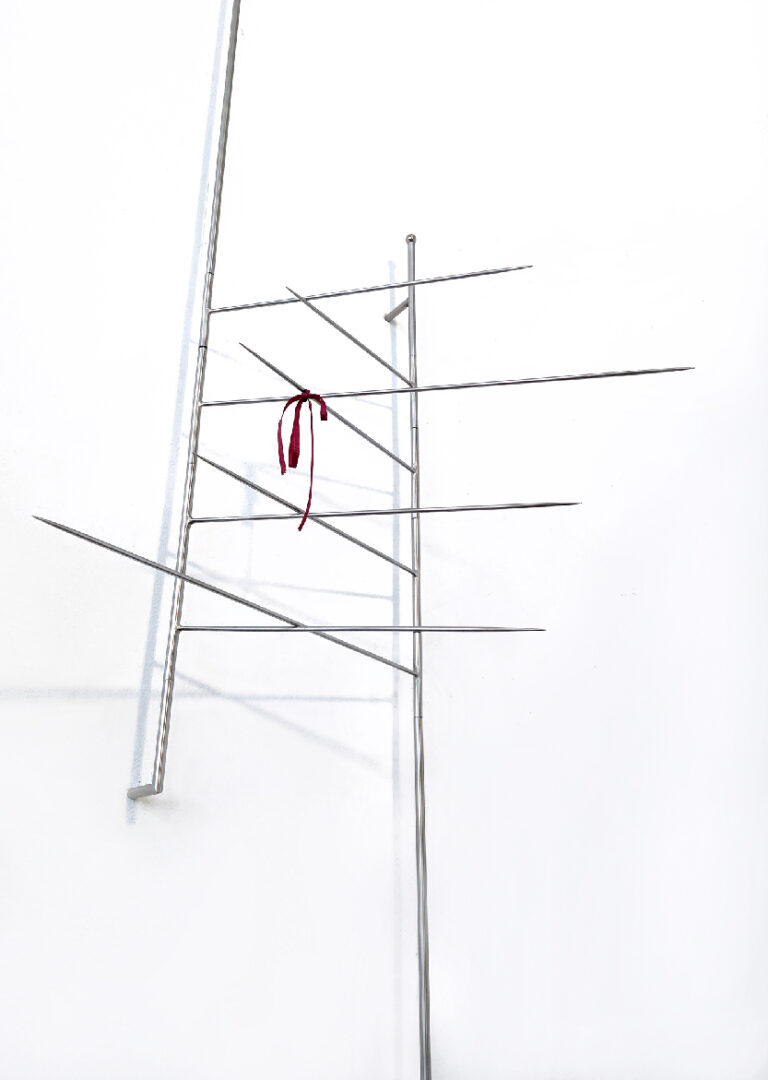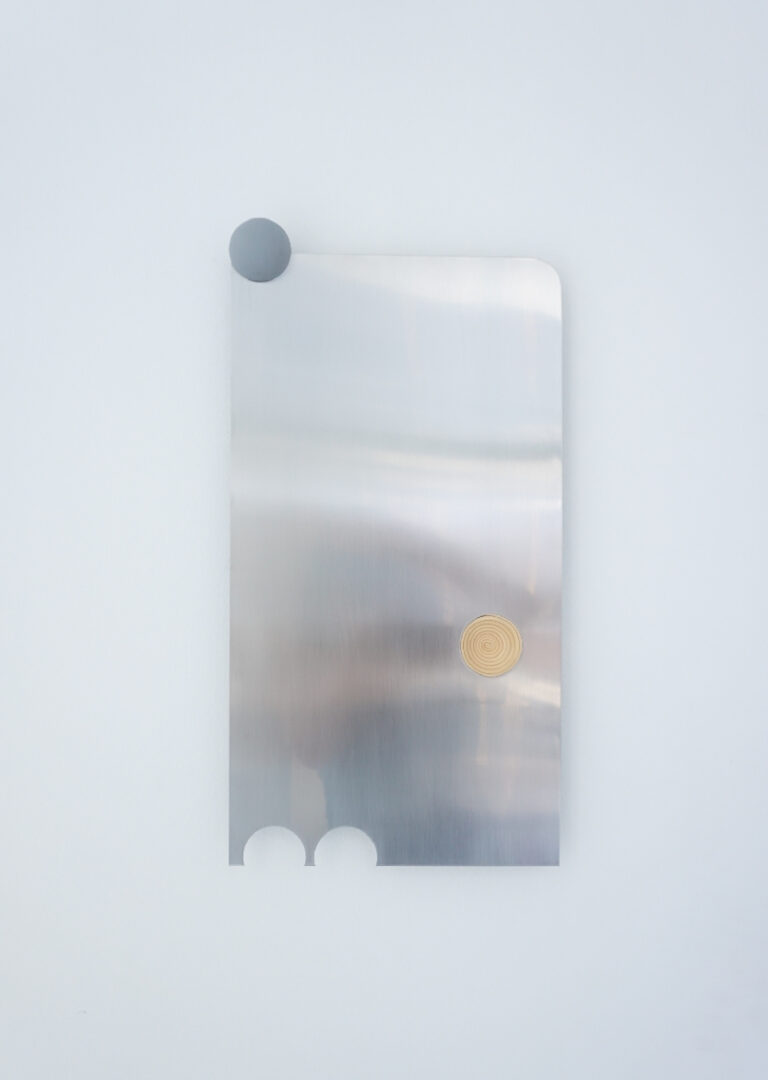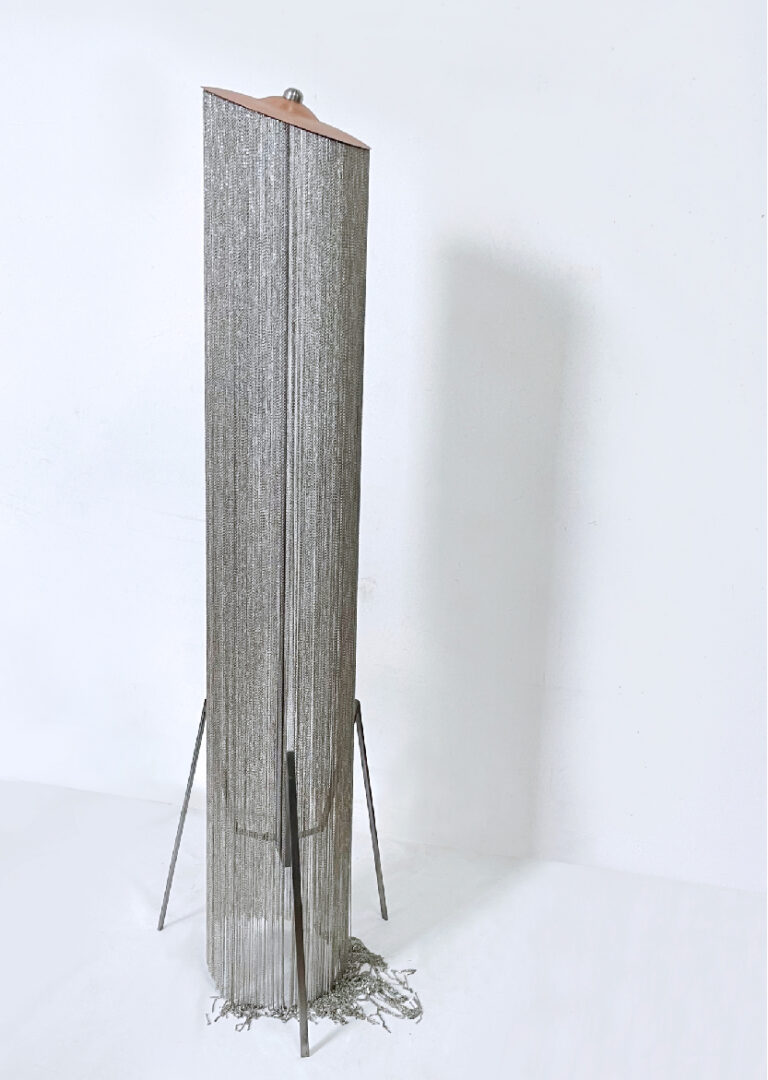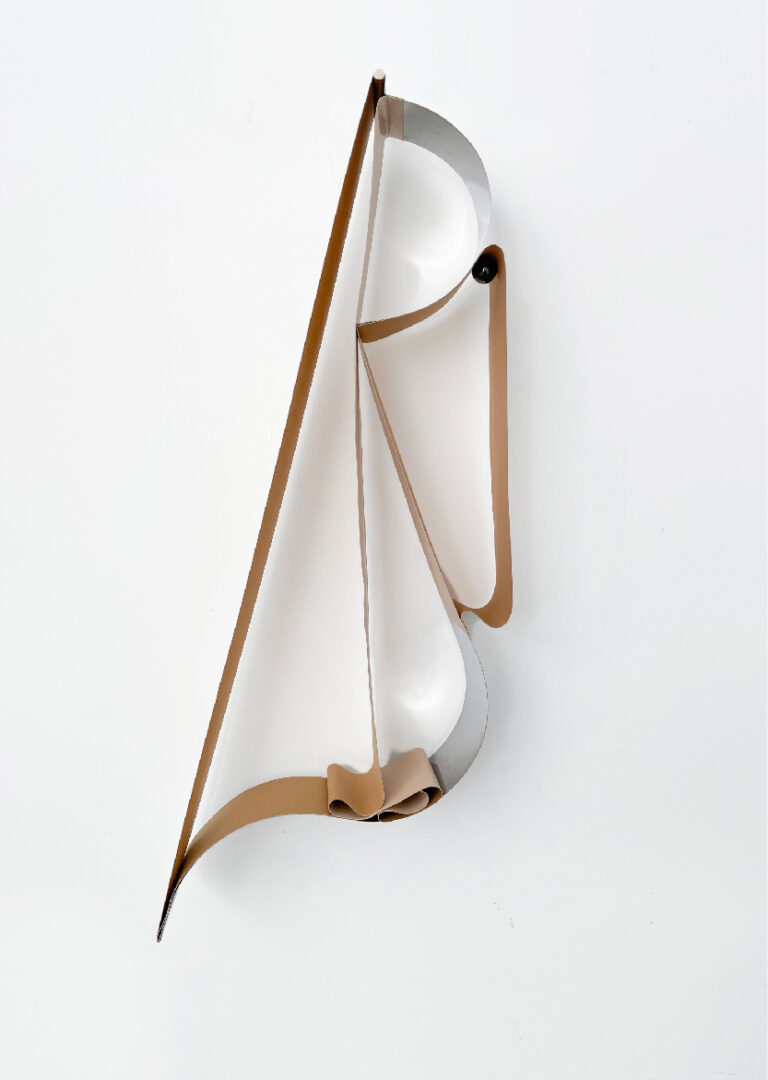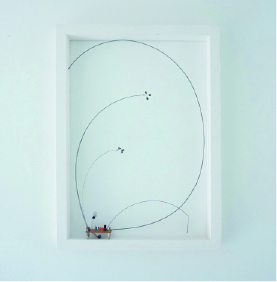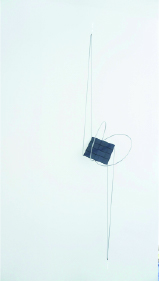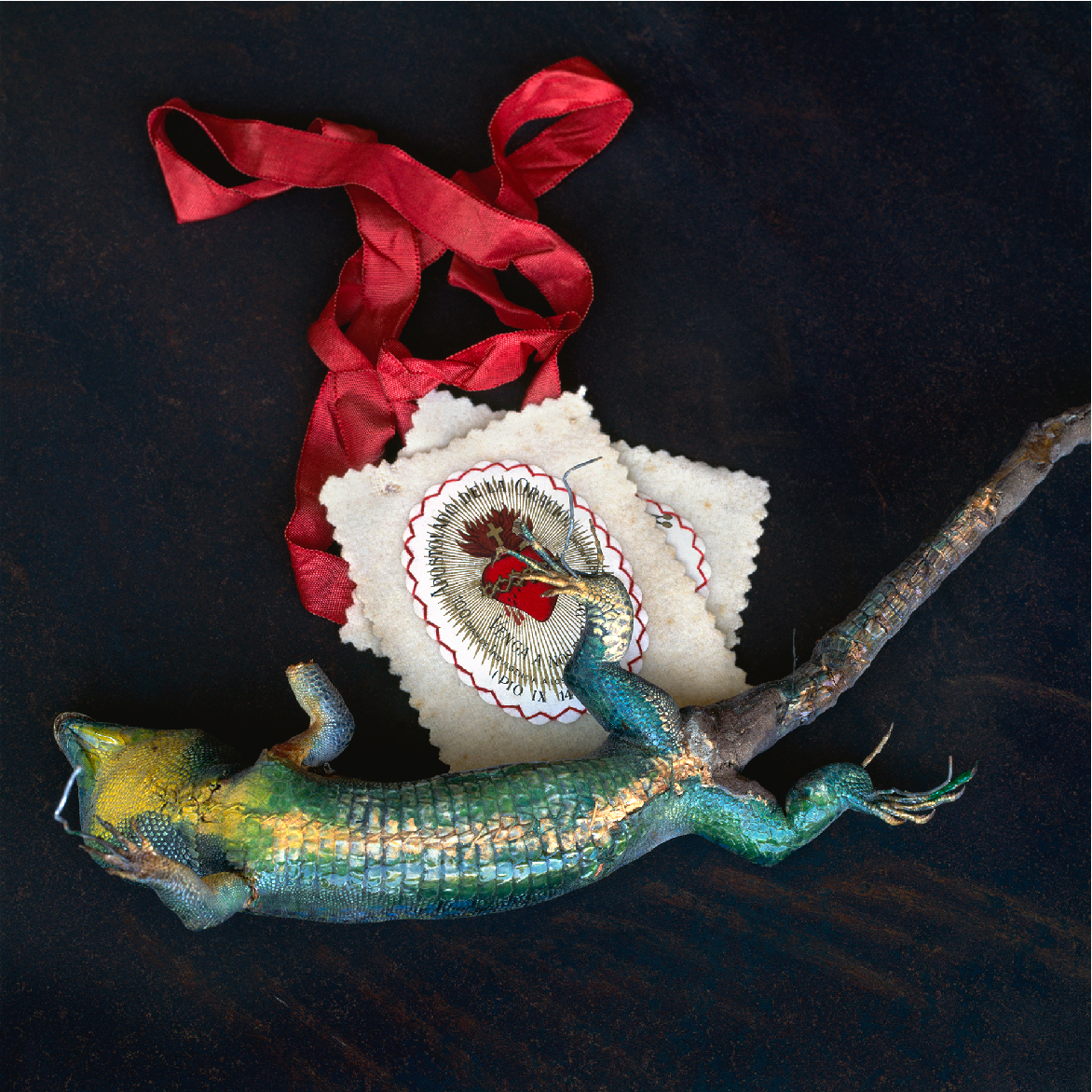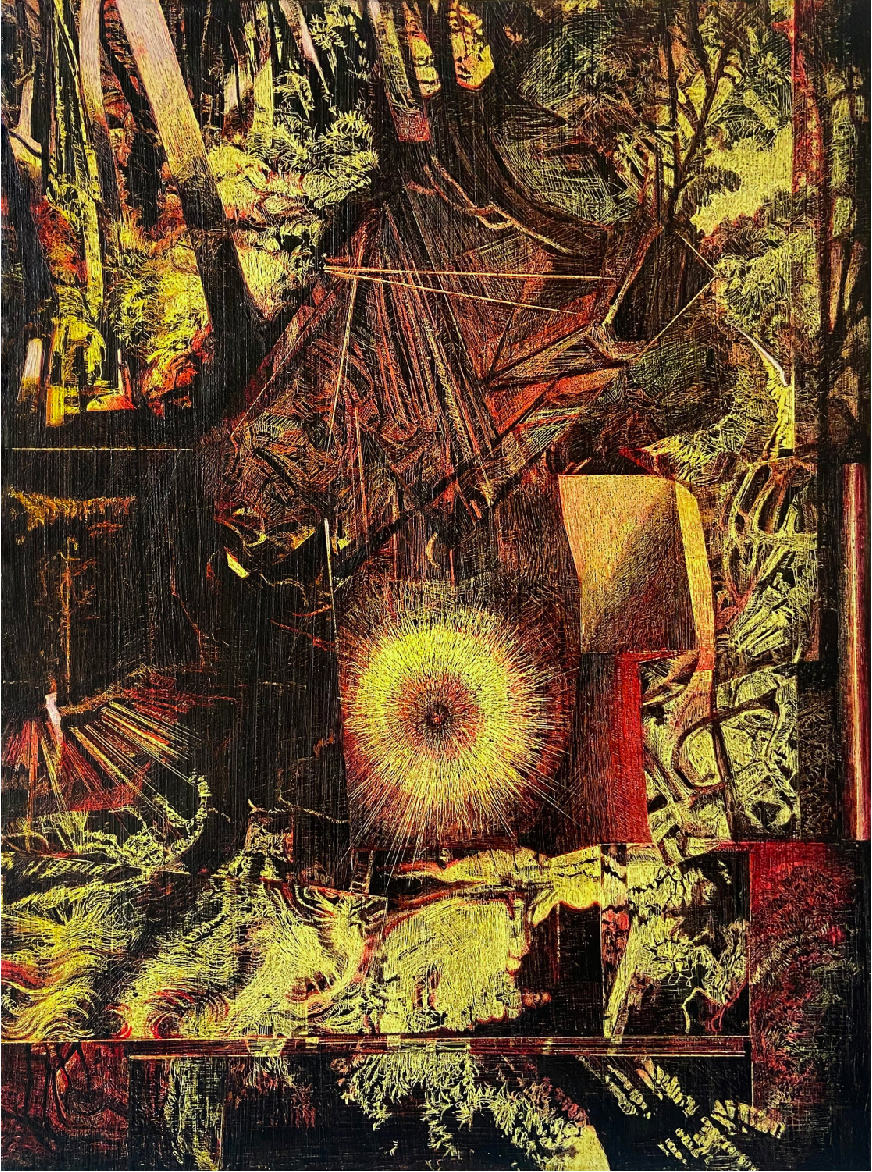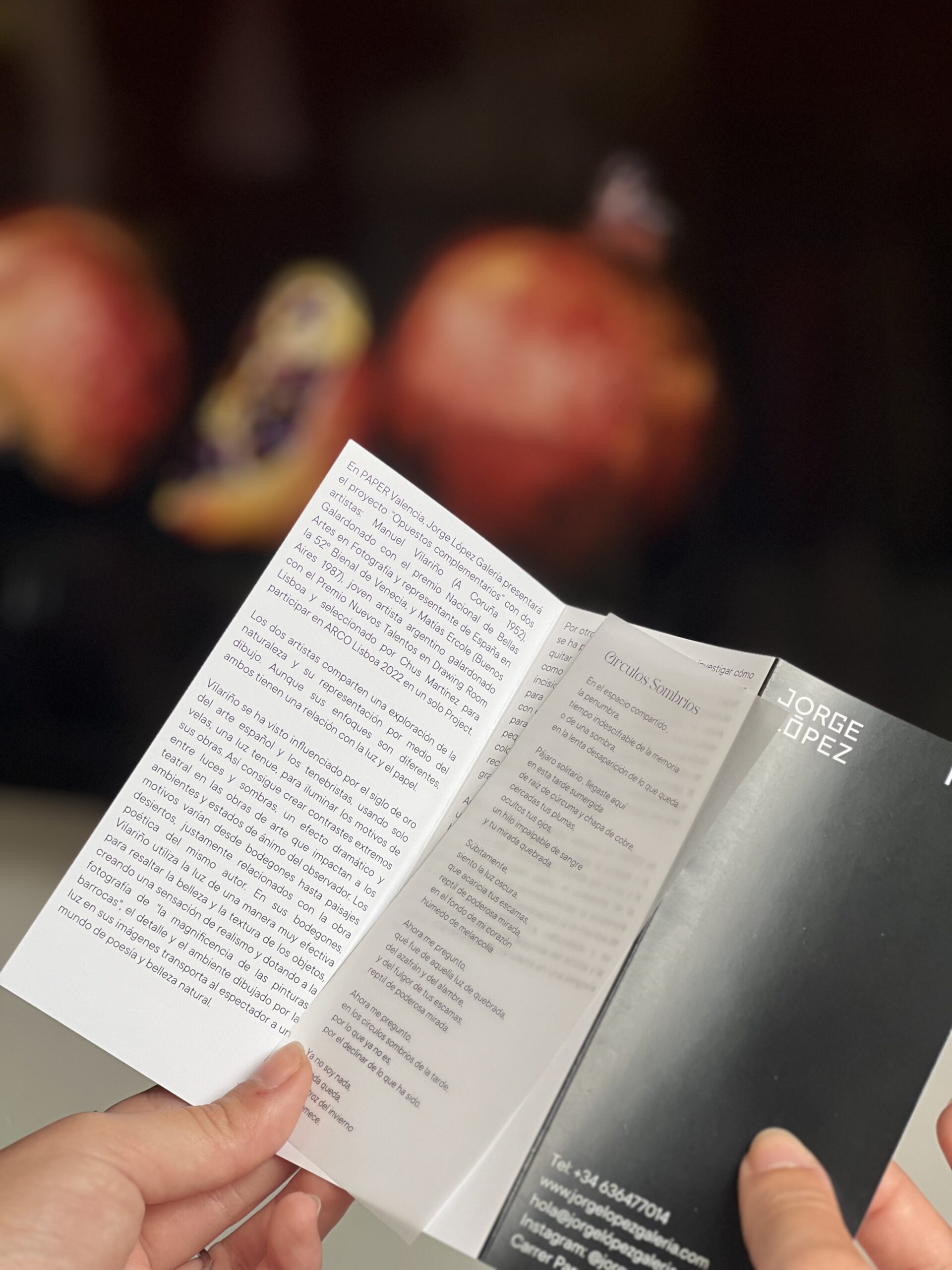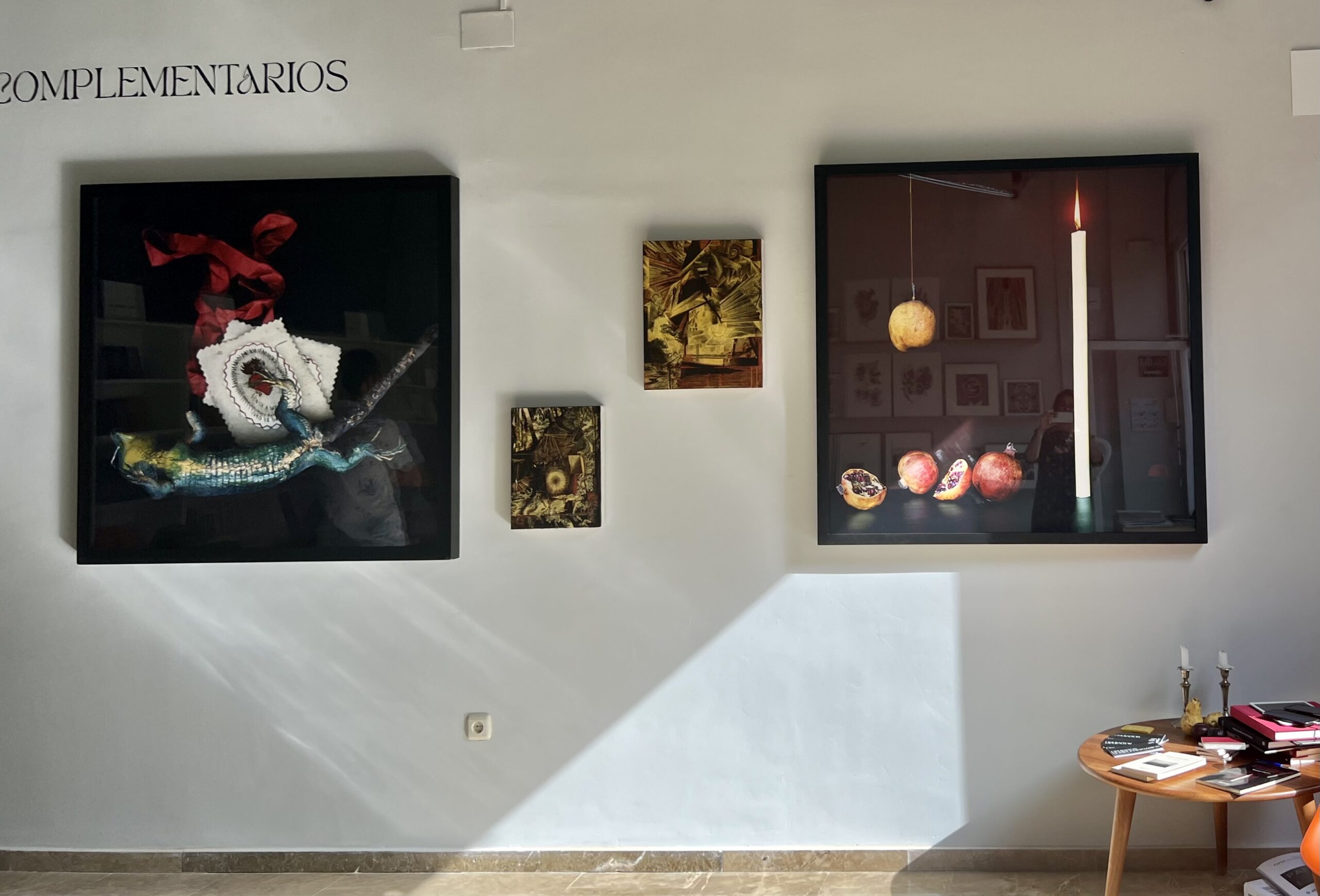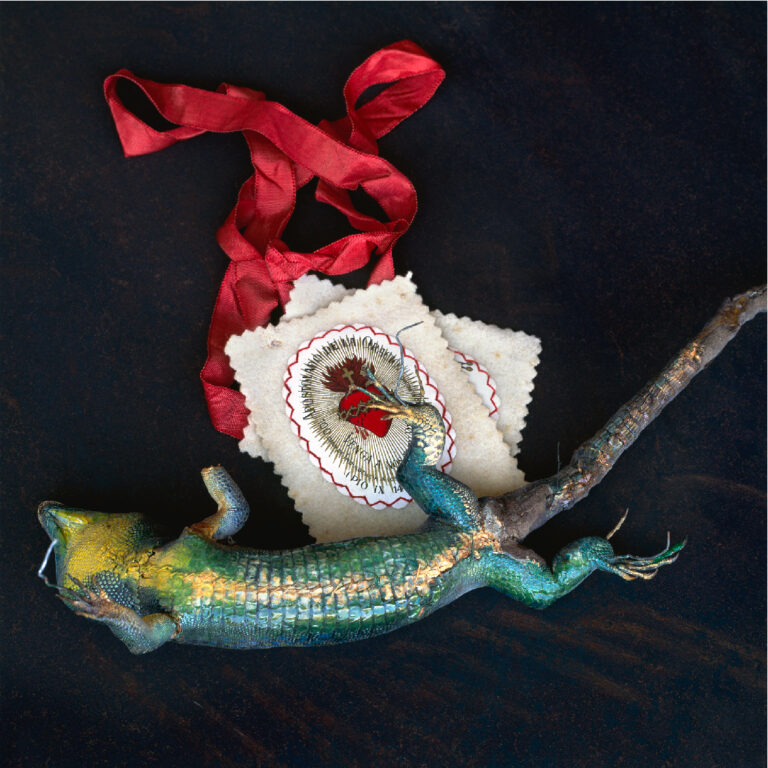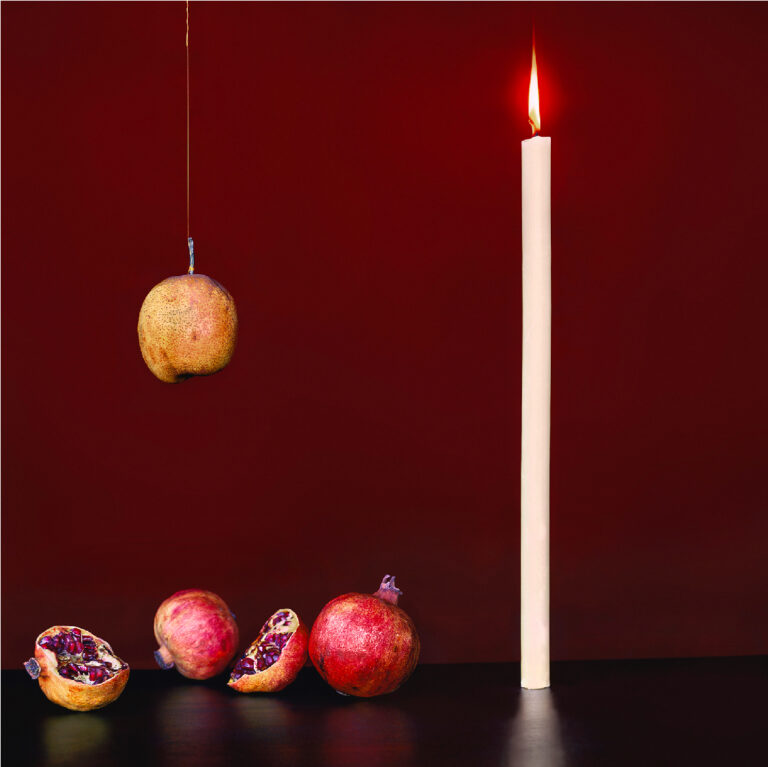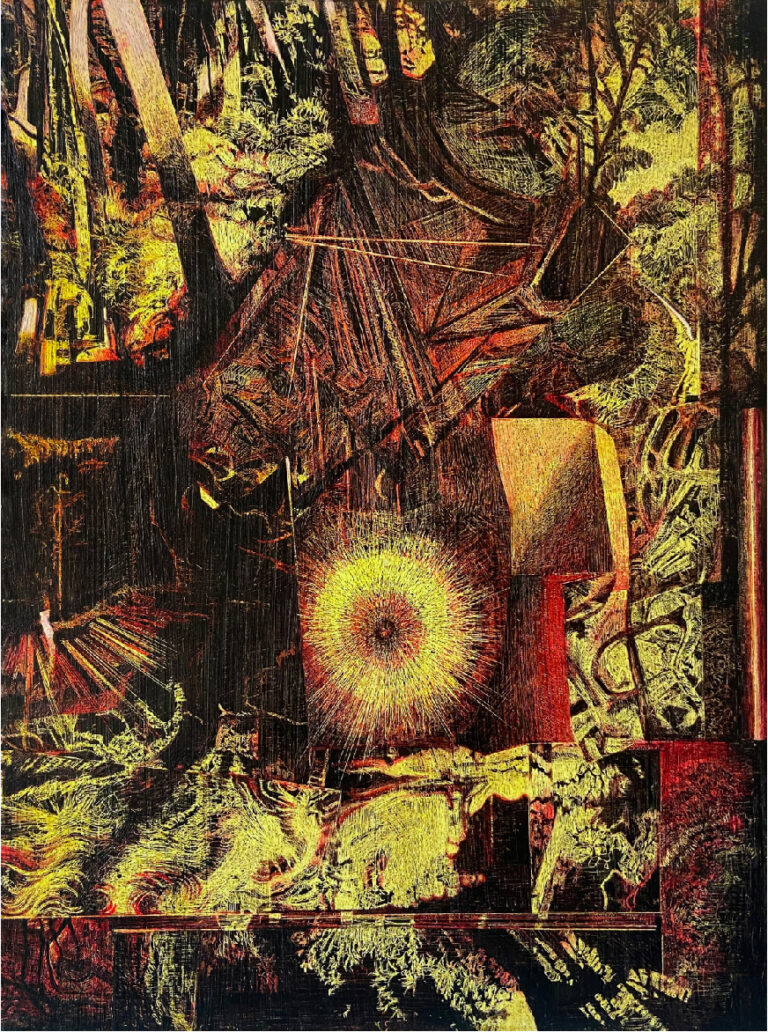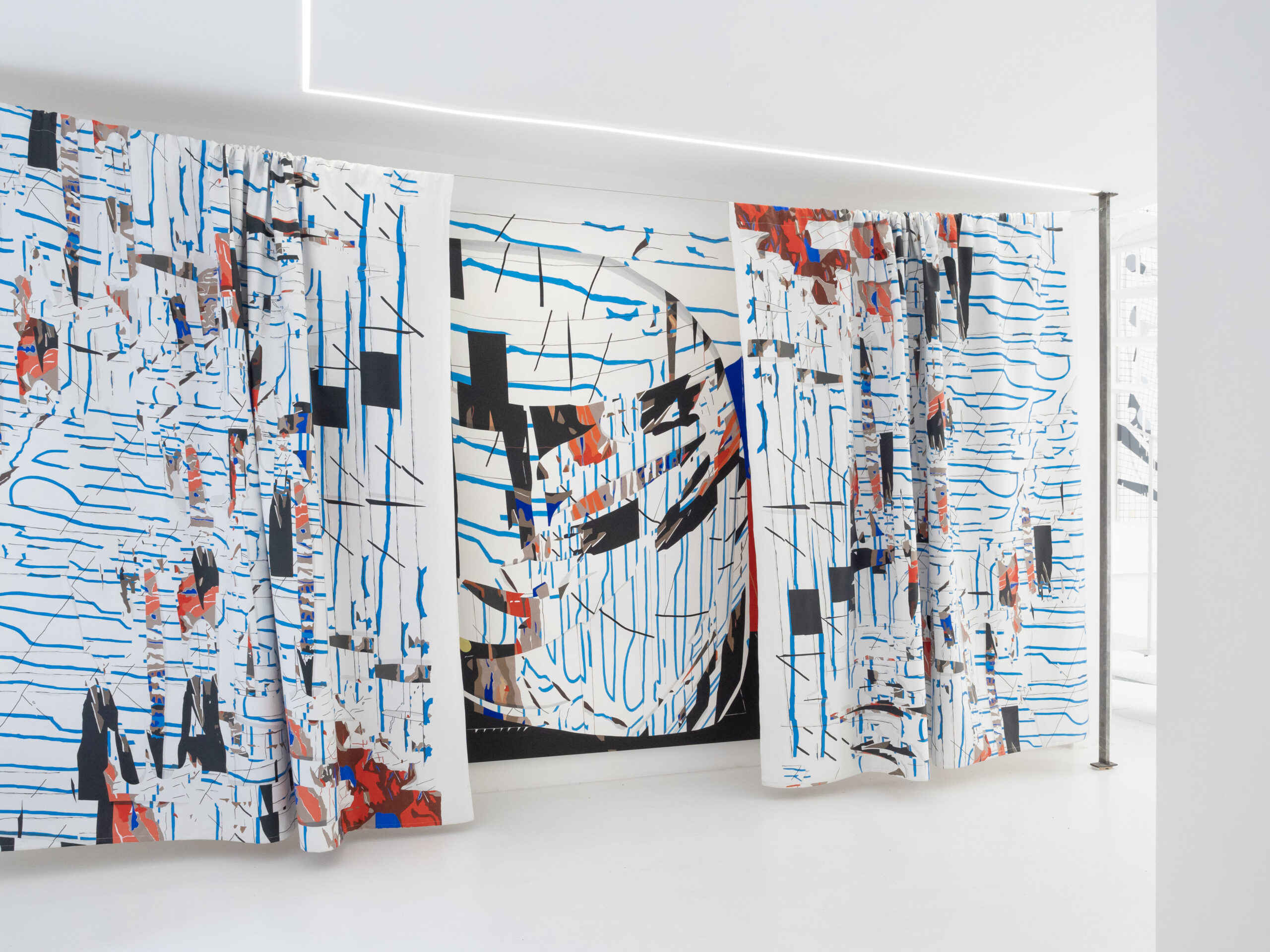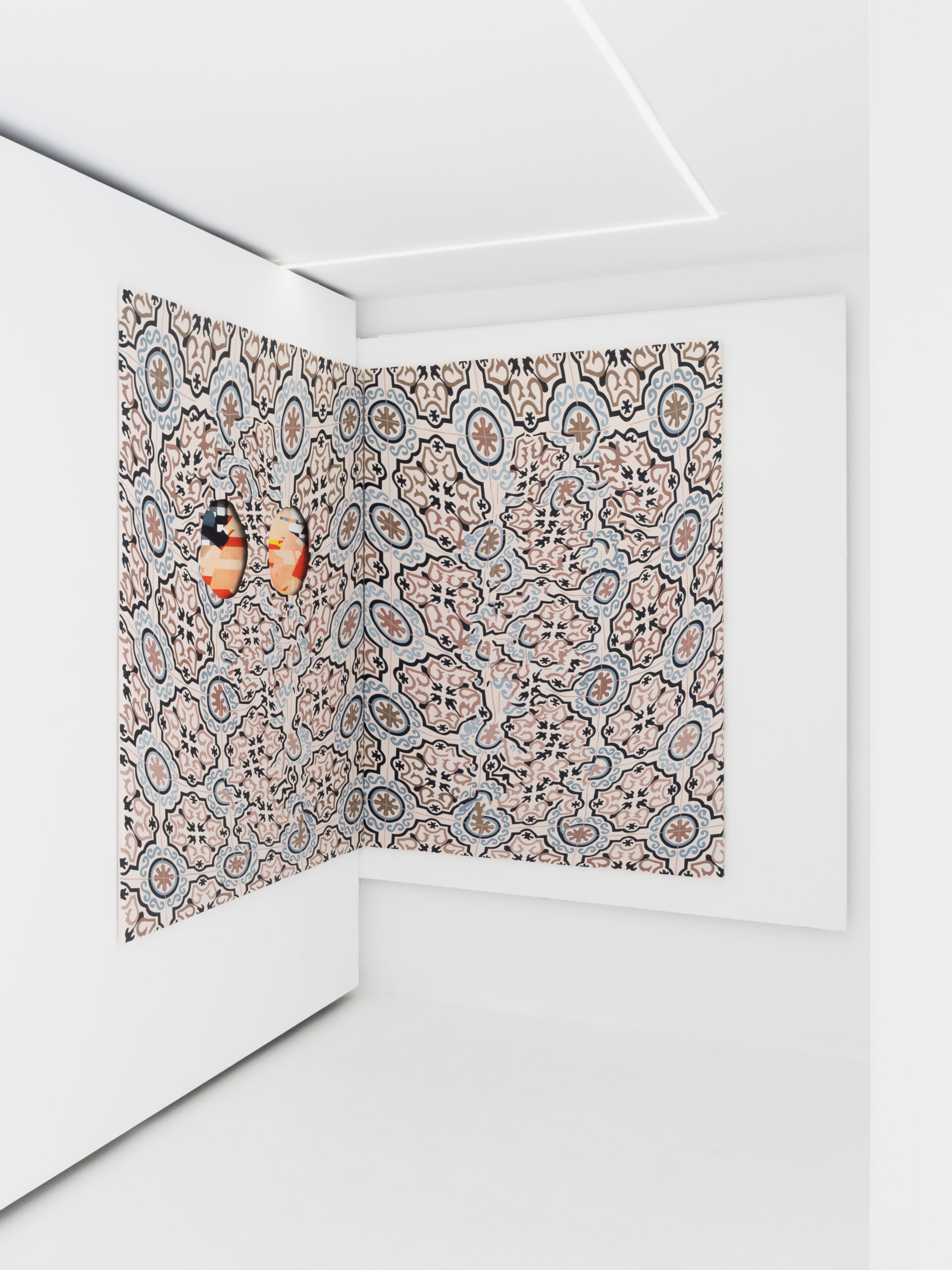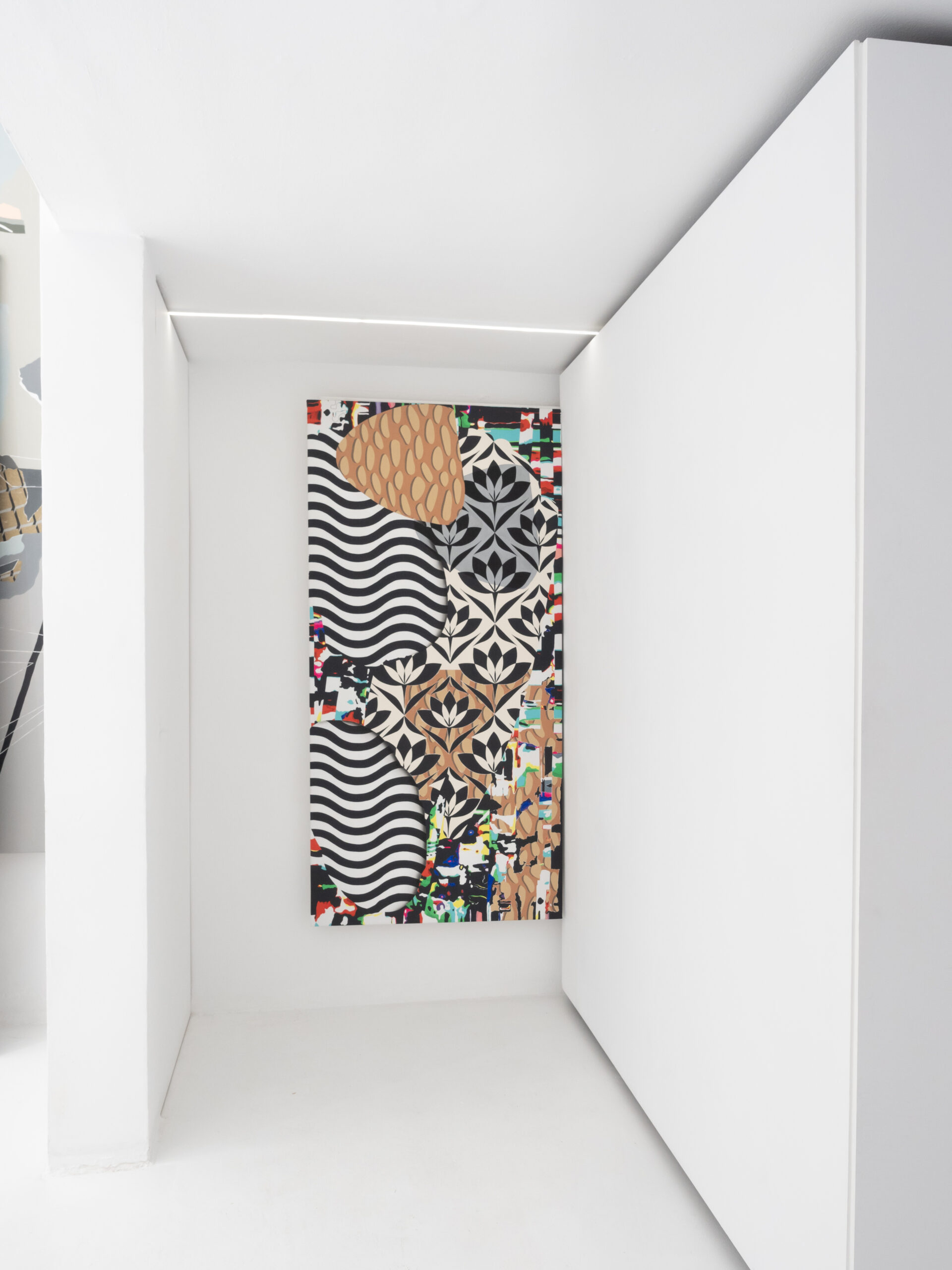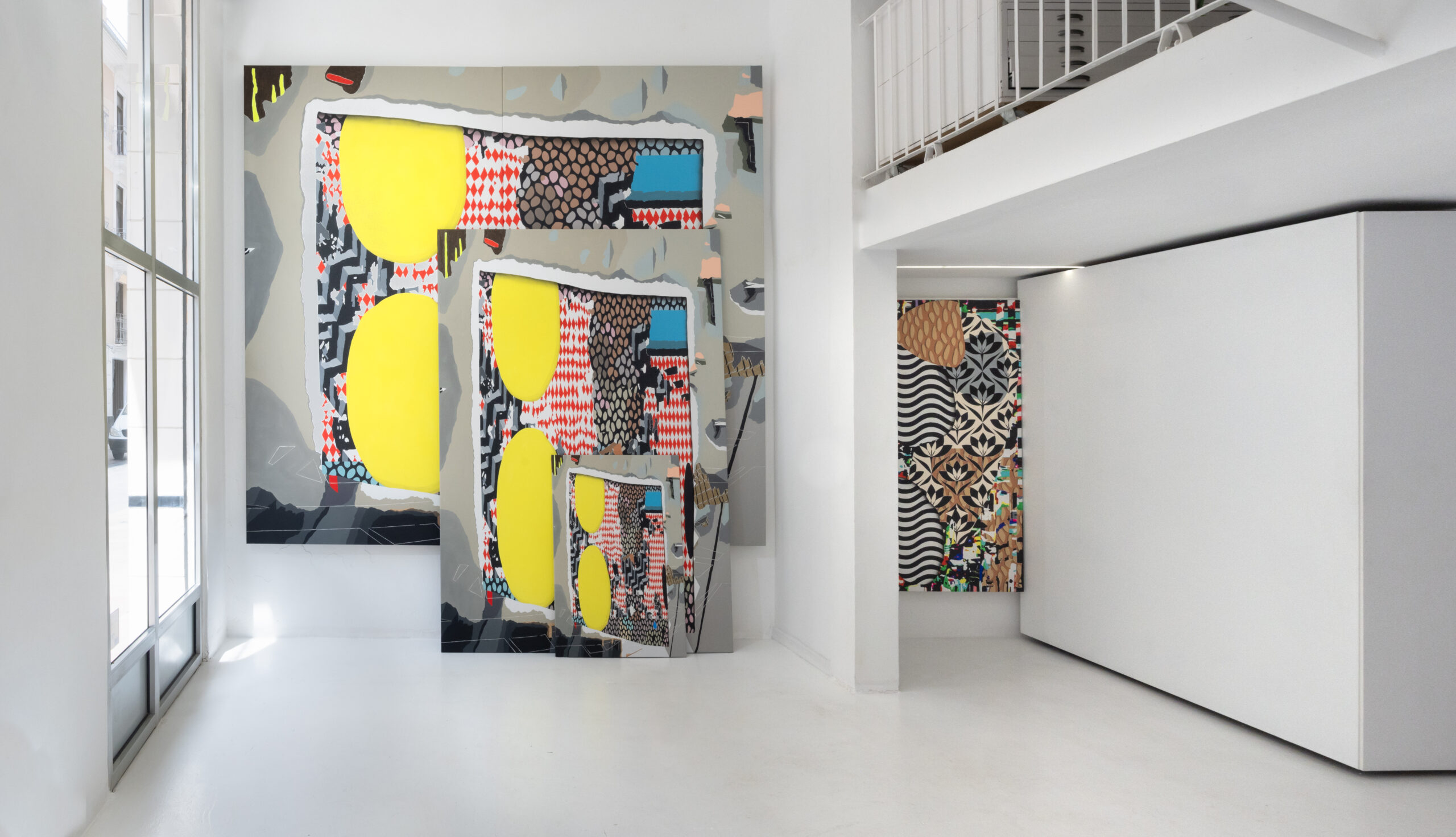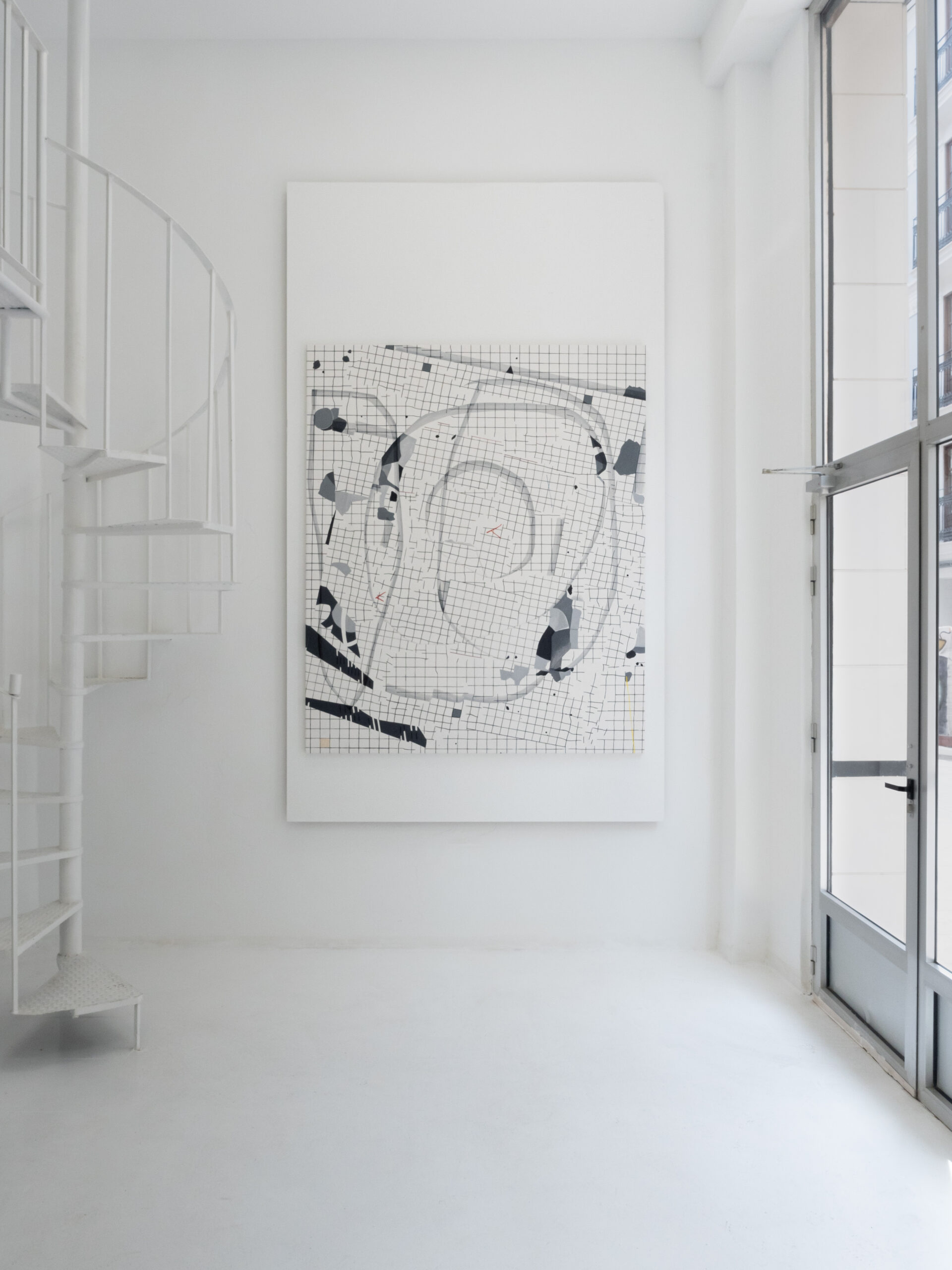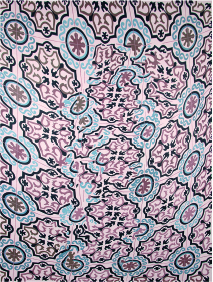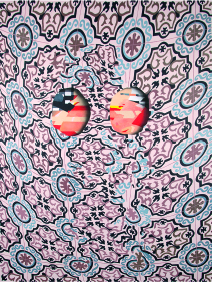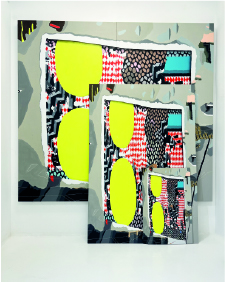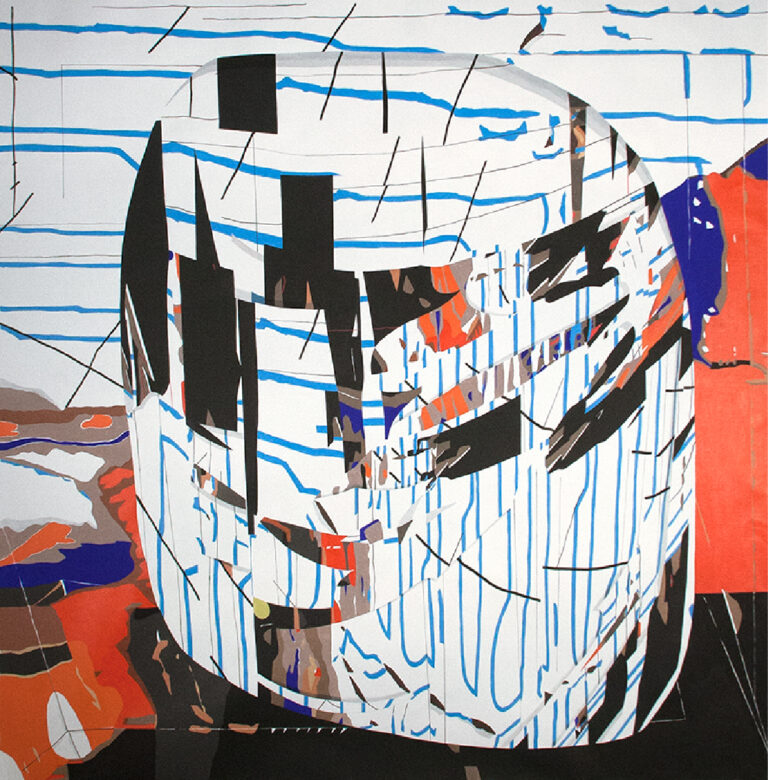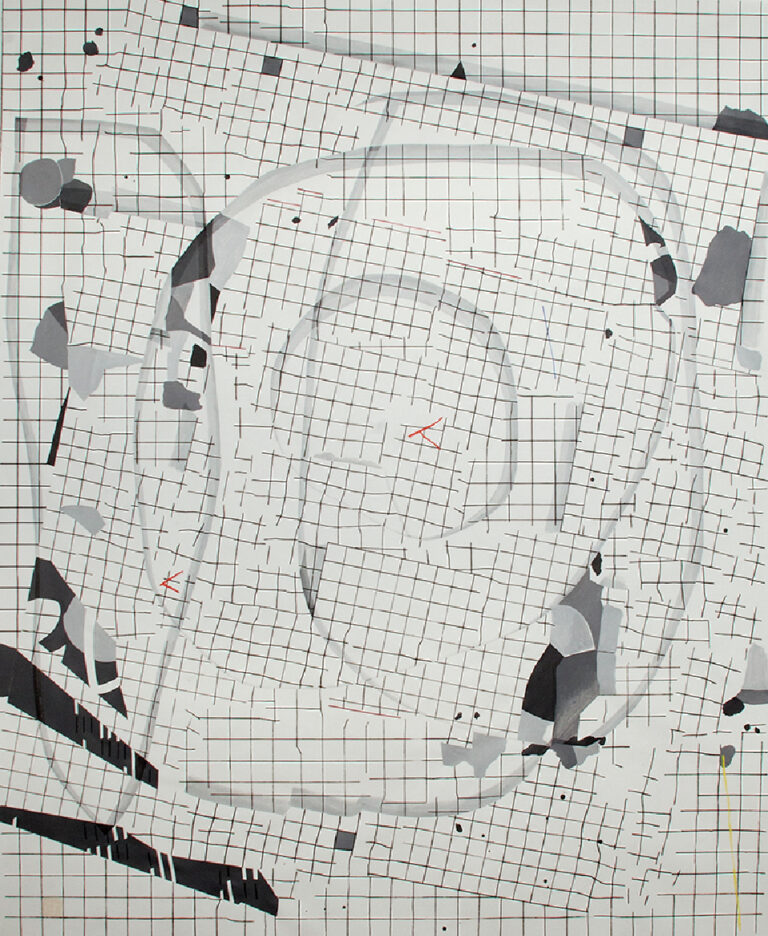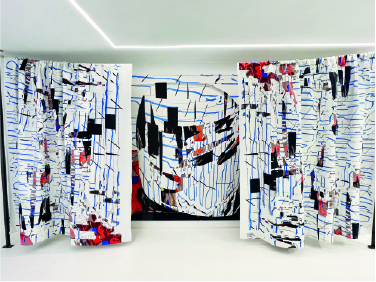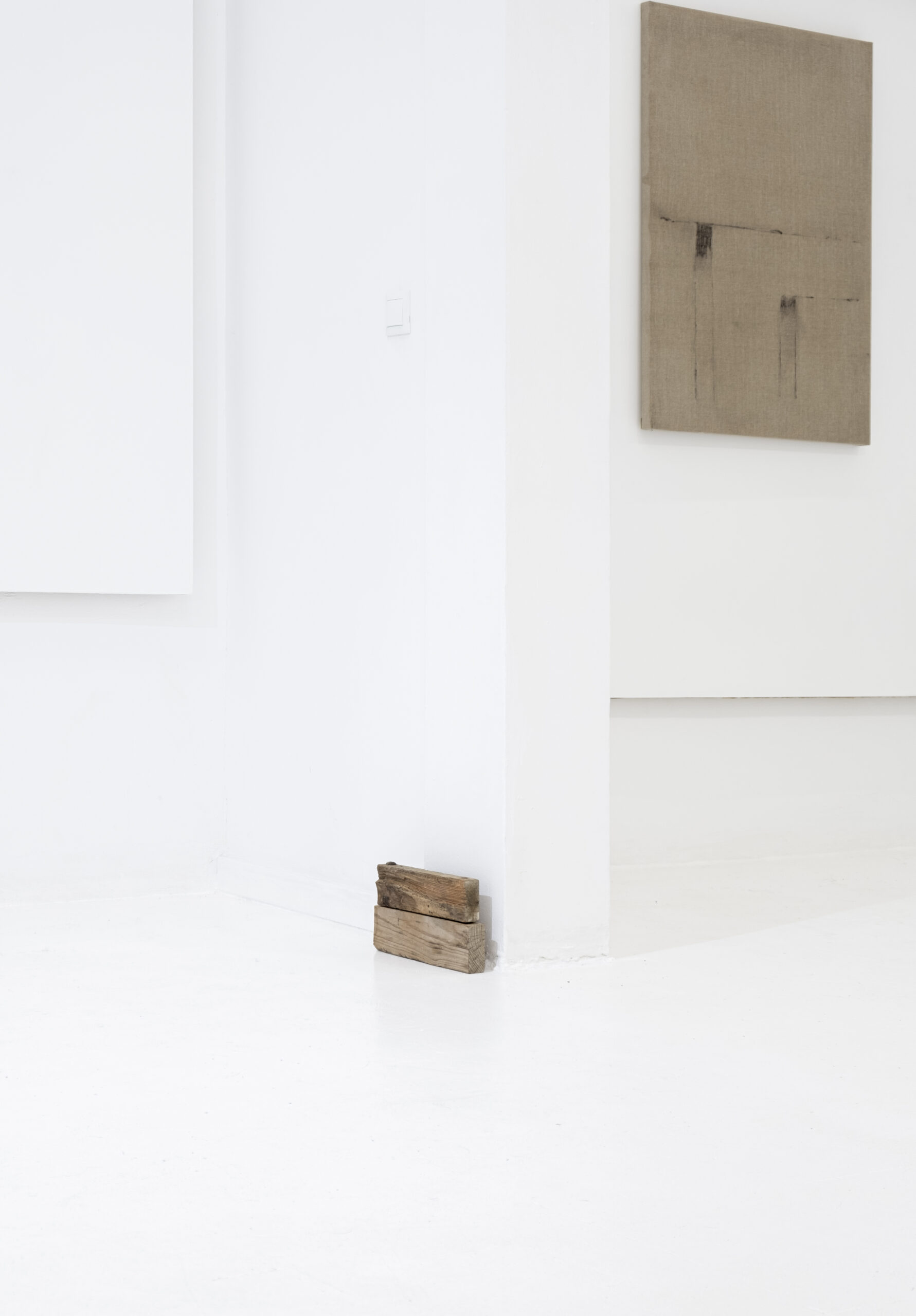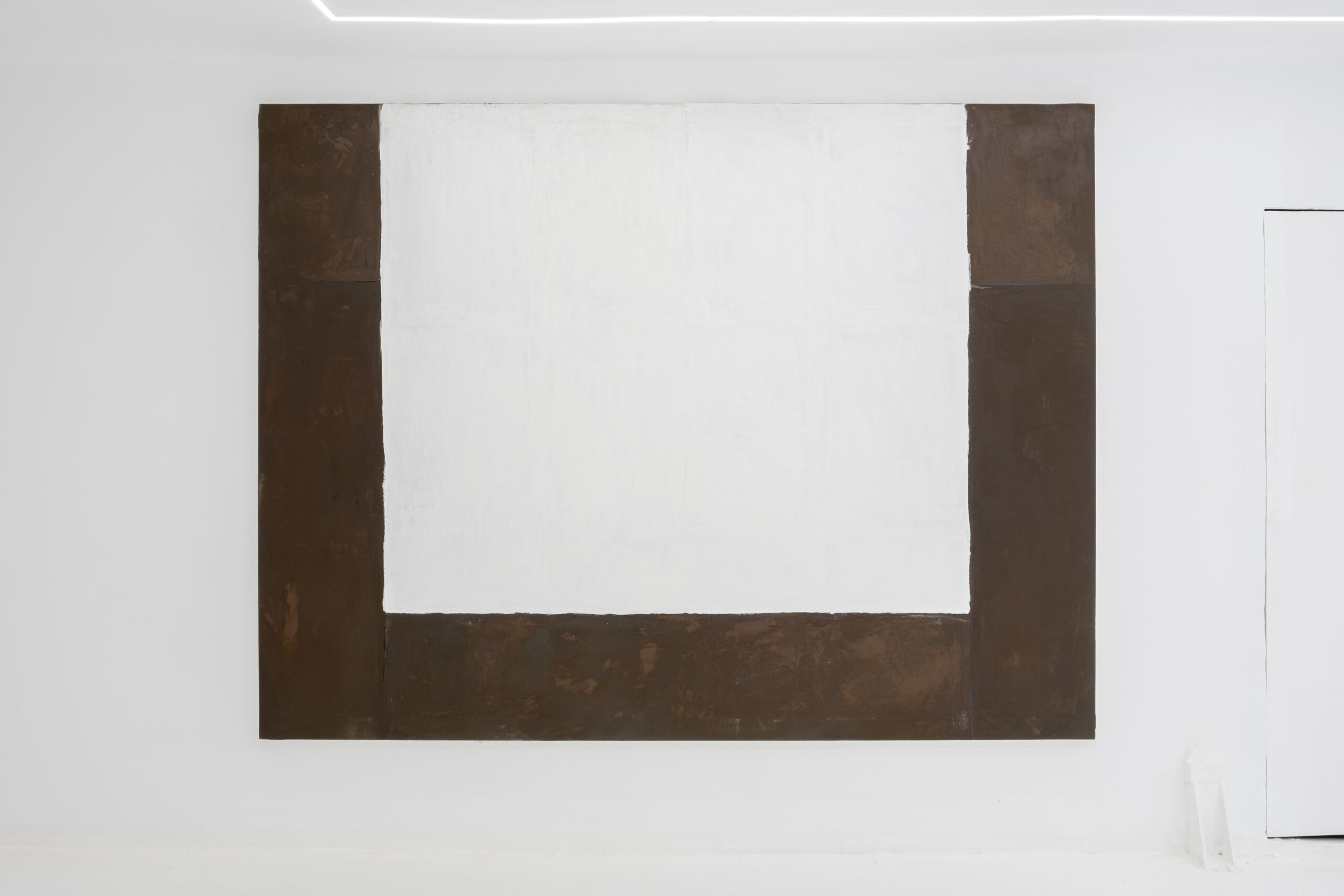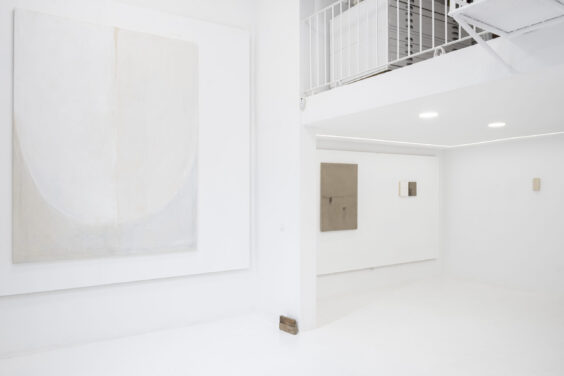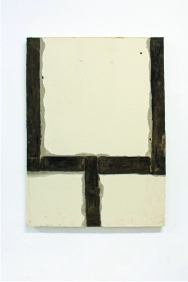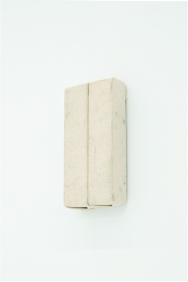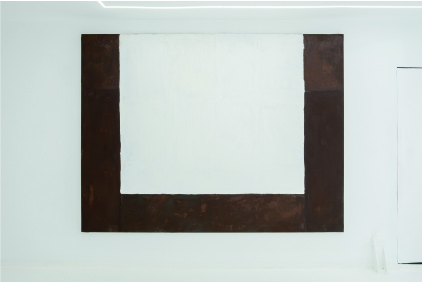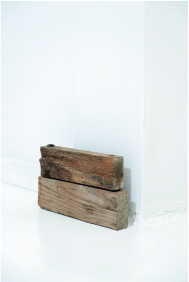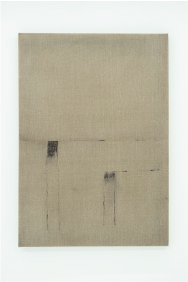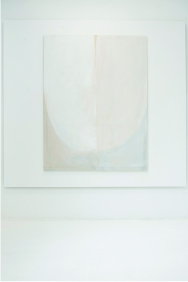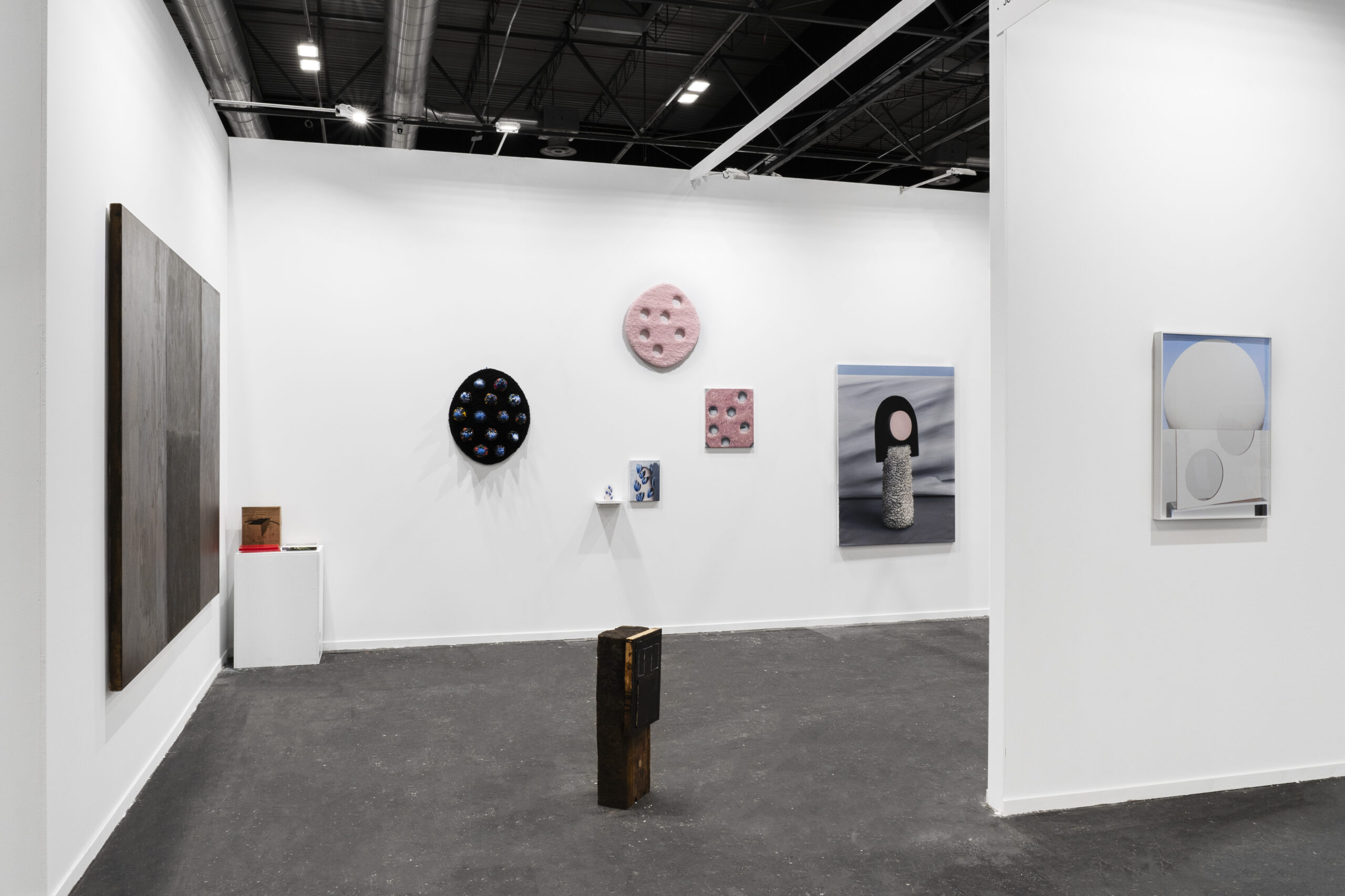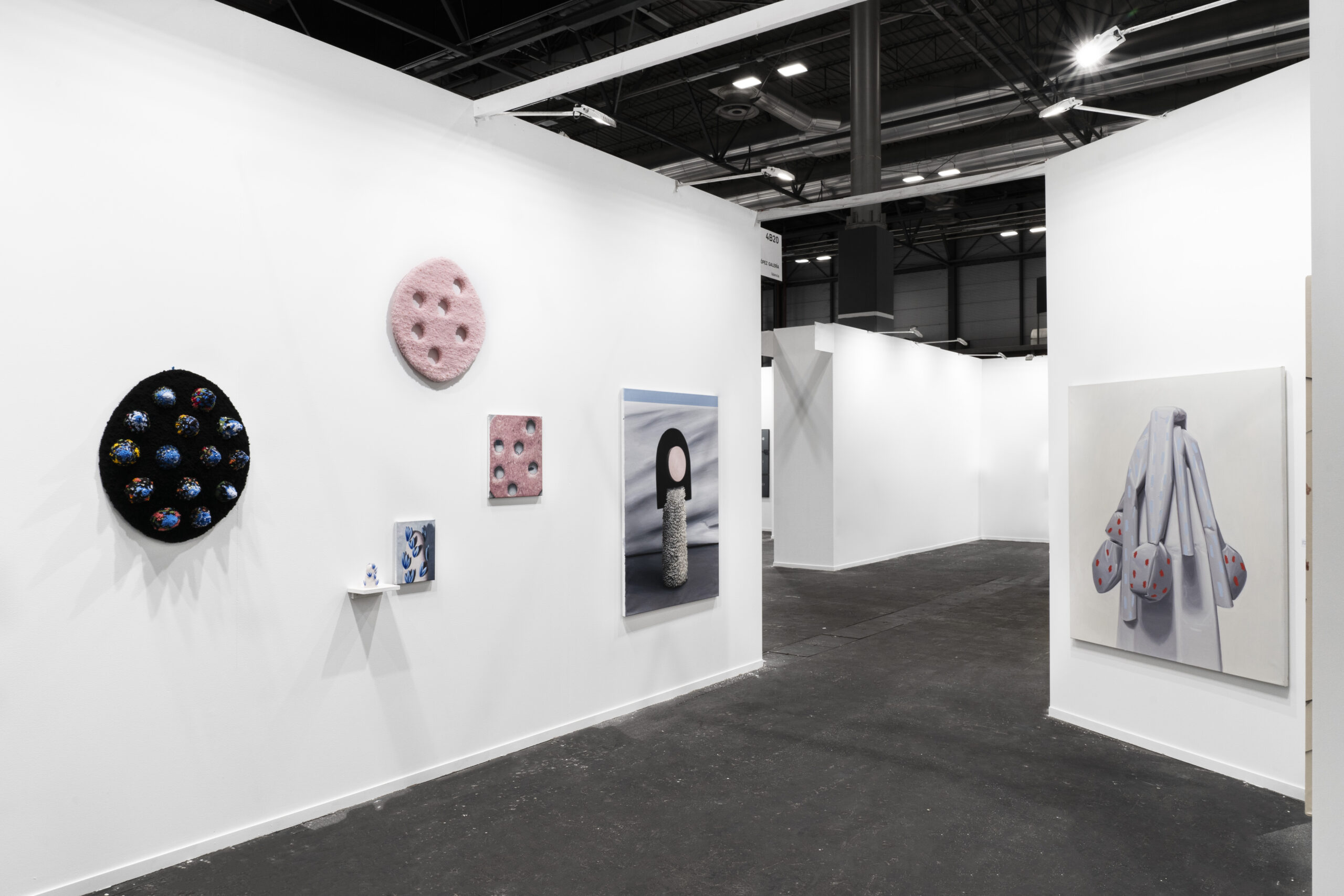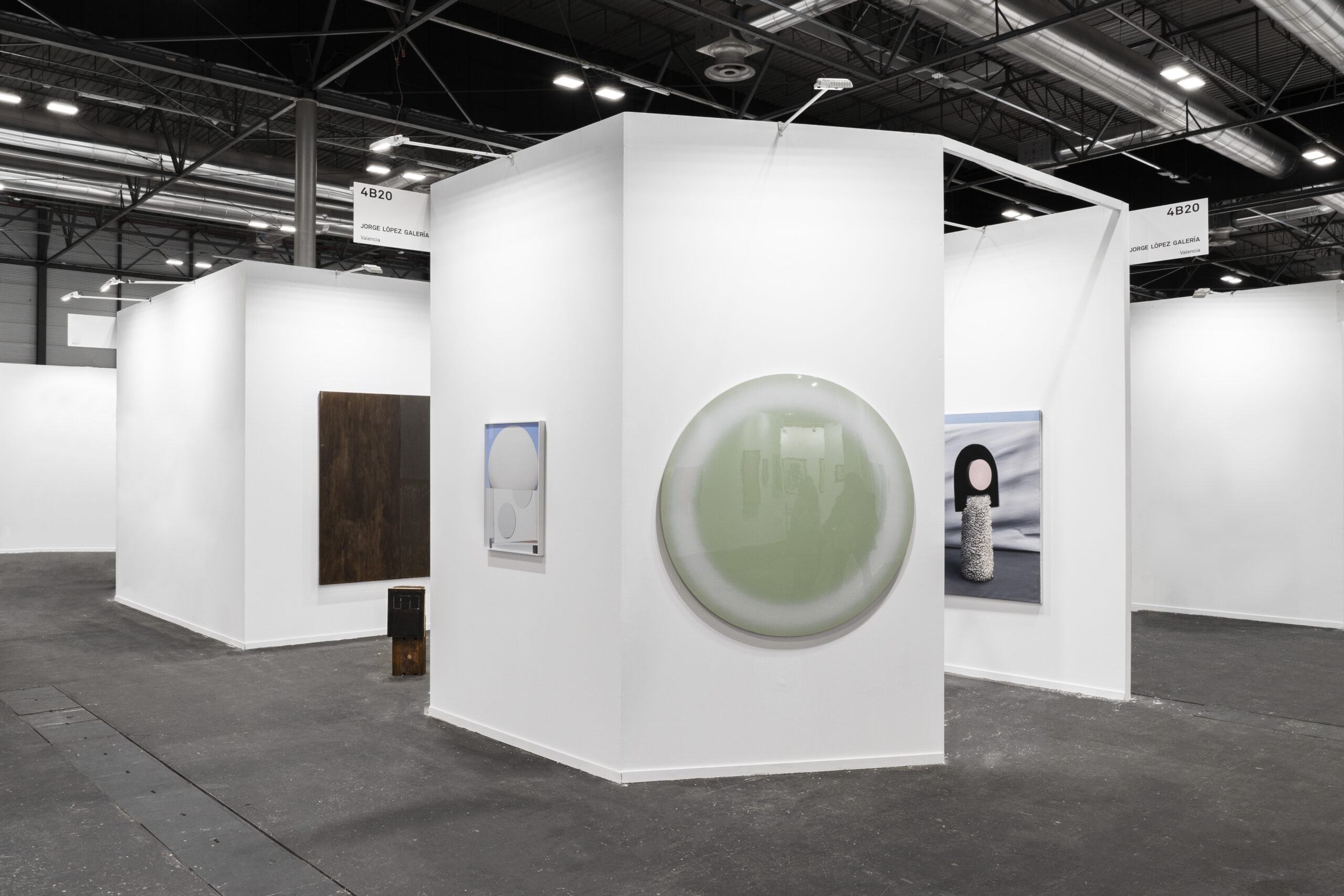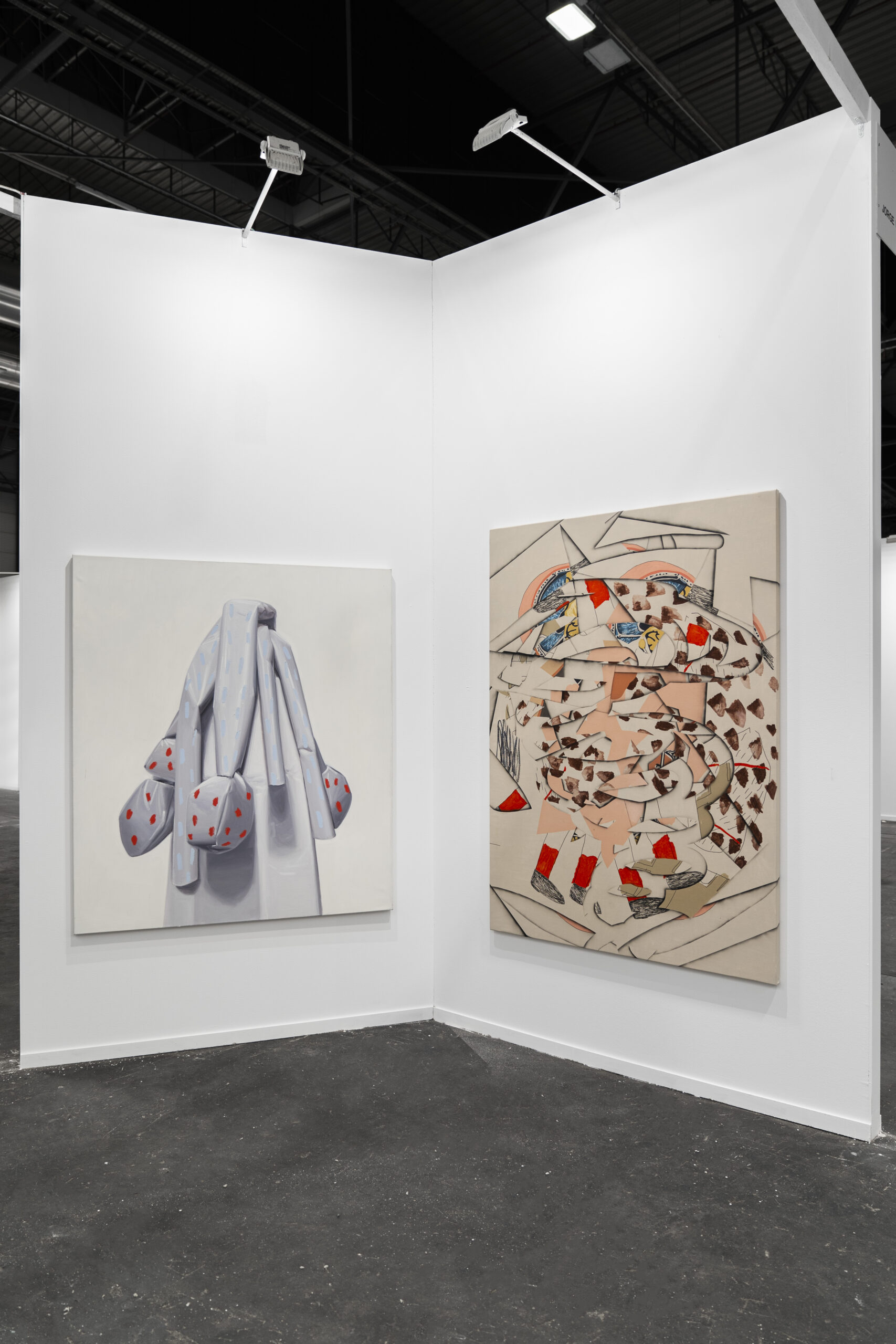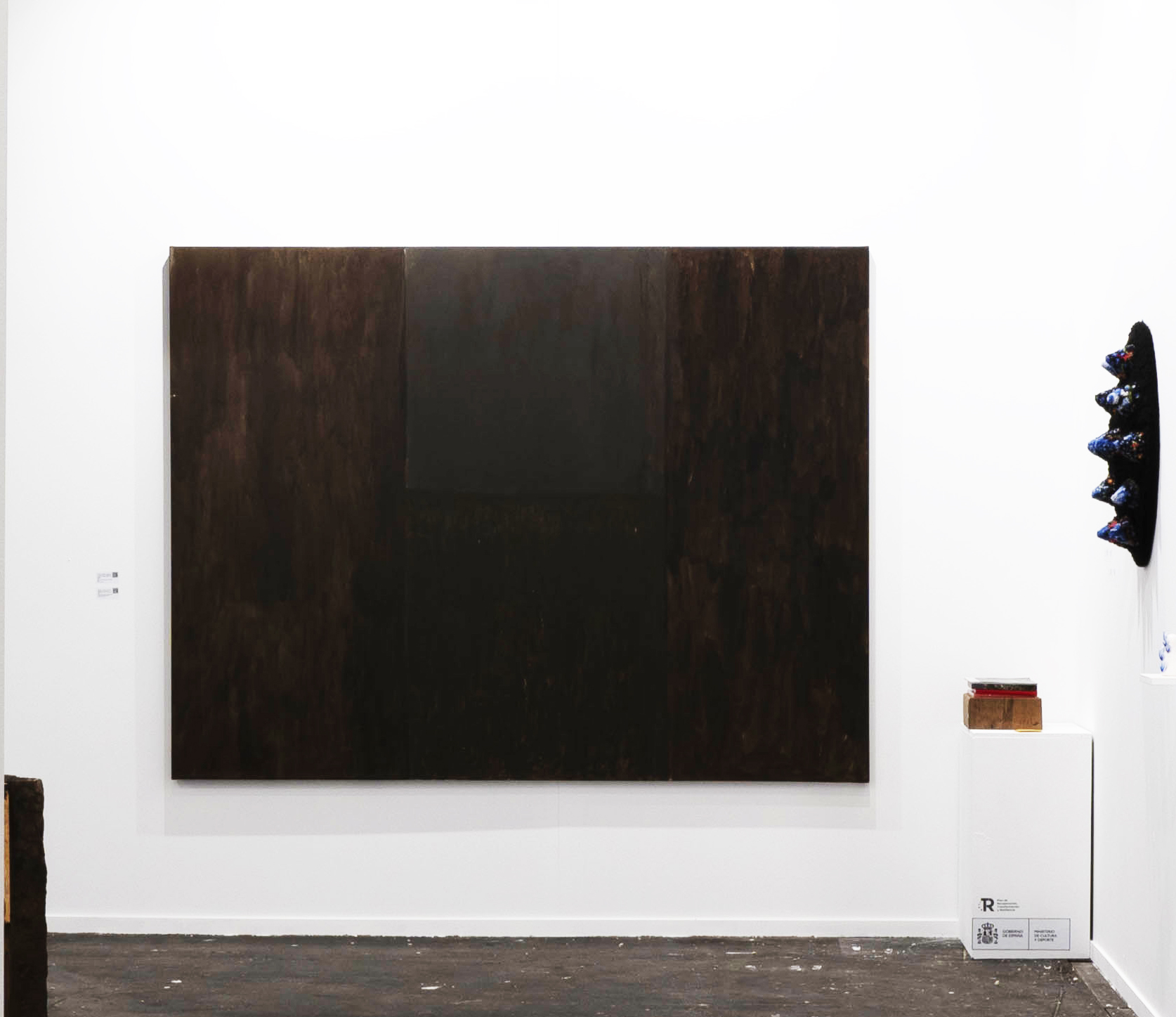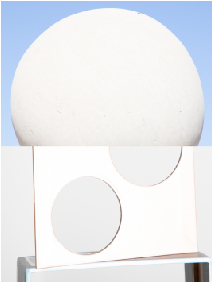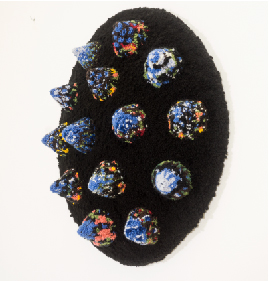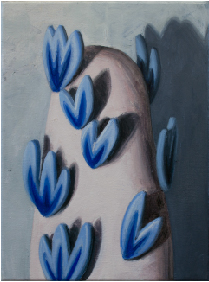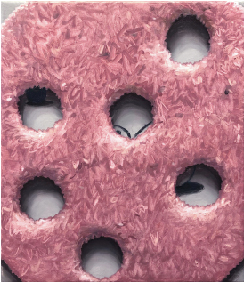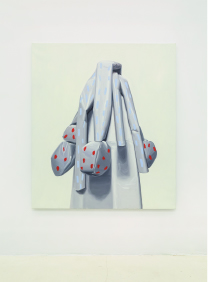Making it clear, painting (or at least that which uses its own critical root as a canvas, that is, which acts based on its tautology), has not managed, despite its attempts, to move away from the paradigms established during the modern project. Volkan Diyaroglu (Istanbul, 1982) starts from that same assimilation to propose an exercise of representation of his own pictorial mechanism. We have to say, therefore, that Diyaroglu paints exactly what he paints, so that, in Heideggerian terms, everything is evident to his own eyes.
In this sense, we understand that contemporary pictorial practice, in any case, is updated from the evolution of its own genealogy. It is as a result of this approach that aesthetic reforms, updated symbolic codes and the trademarks of contemporary visuality emerge. Starting from Volkan's work, we can propose a development of this method of representation, inheritance of late modern painting and its consequent crisis on the conception of visuality. On the occasion of the exhibition The first version was from another (2023), in Jorge López Galería, Diyaroglu presents a set of works that open three different fronts, all of them characterized by the mutations of the representation depending on the gaze that activates the painting.
The first of these fronts has to do with the multiplication of images in the ideal of their repetition, fundamental to trace the tangent that crosses the thought of three of the great postmodern authors – Deleuze and his Difference and Repetition (1968), the reflection which Foucault does as a result in Theatrum Philosoficum (1970) and the originality of repetition proposed by Derrida in Writing and Difference (1967) -. When Diyaroglu reflects on the eternal modern question as to what the image is, it is essential to understand it from an articulation of its discontinuities. When we confront The Big Other (2023), the state of his momentary mens alters the very notion of his visuality, giving rise to a change in our own contemplation of him as an image that repeats itself. The image, therefore, would resolve its difference according to the evidence of its own repetition. Perhaps for this reason, Diyaroglu alludes to the tautology of the image represented to clarify what the signifiers that cross it would be. If you ask him about his representation margins, he will tell you that his paintings are hyperrealistic images of those same paintings. The images of him are, then, assumptions of the natural.
On the second of these fronts, Diyaroglu will mark a genealogical interest in the ways of looking at painting. In the contemporary future, meaning and its frameworks of social truth would constitute new subjectivities, suggested by the hegemonies of knowledge and culture. Therefore, it is not surprising that Diyaroglu, faced with the paradigm of the visual image, makes an allusion, in his speech, to looking through screens. The essence of these screens, as a focus of repetitions, is the product in which a series of systems converge that, passing through the microchip, the military development of the Internet, television, satellite, telephone line or telegraph, They lead us to a radical basis argued in the dual perspective of the windows.
Diyaroglu's window, Selfportrait (2023) and Lost horizon (2023), is a two-way portal, in which the production of the visual resource looks while being looked at. This idea of sale dismantles, in the circuit of hyper-communication and digital surveillance, the essence of the work as an object, to question whether, in the being-image of the work, there is the event of its very visualization. The window, understood as a history of Western art itself, at least from approaches such as those of Marx Wartofsky [See: Sight, Symbol and Society (1981)], describes, while presenting itself, the reality of its own mirror image . The crystal-image, argued by Deleuze from his reflection on cinema, acquires a new significance, and thus could be elucidated in Watch 1 (2023) and Watch 2 (2023), when the optical image and its virtual reflection are crystallized not on its imaginary plane, but in the exchange and consequent updating of the perception of that image by the person who looks at it. In some way, the mirror would be represented by the mirror itself, and we are the ones who are in the middle point, looking askance at both ends of the representation.
This crystallization of the virtual image, contemplated through the historiographic window of representation, opens the third stage that Diyaroglu faces in this exhibition. It is in the artist's interest to ask what the painter's work is in the ellipse of representation from digital neoliberalism, forcing voluntary submission to the doctrine of the image. The image contained in Diyaroglu's canvases is the presentation of a disembodied voice. At the same time, contemplating it makes us participate in certain silences that are omitted in our search for constant information and meaning, accelerated by the digital paradigm that we are so tired of criticizing, but are so fundamental to us to structure our knowledge.
In some way, Diyaroglu's painting, within his own genealogy, once again asks us from where we have to look at it. This position, far from revealing to us a haptic approach to its form, leads us to develop a perspective marked by our knowledge of visualization. We can get as close as we want trying to find a falsifying narrative in the image, surely Diyaroglu has taken care of the detail and in his repetition exercise he has repeated the mistake. We could also zoom out as far as the gallery setting allows us to identify the constellation and material exchange between the pieces that make up the exhibition. But, from this text, we dare to advise that we accept the invitation offered to us to develop resources to look "through" the representation framework and thereby gain access to the original space of Diyaroglu's images.
Álvaro Porras

